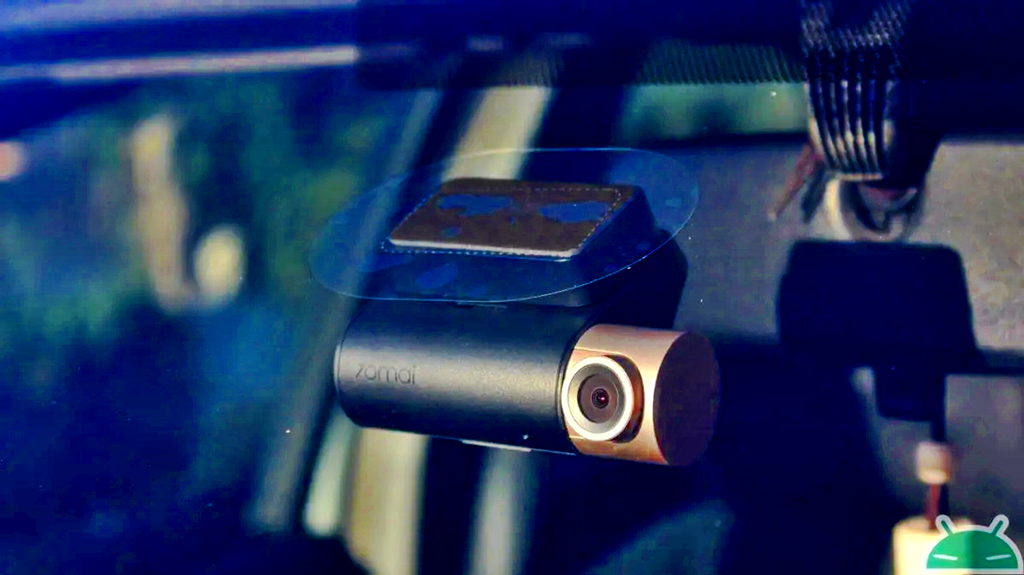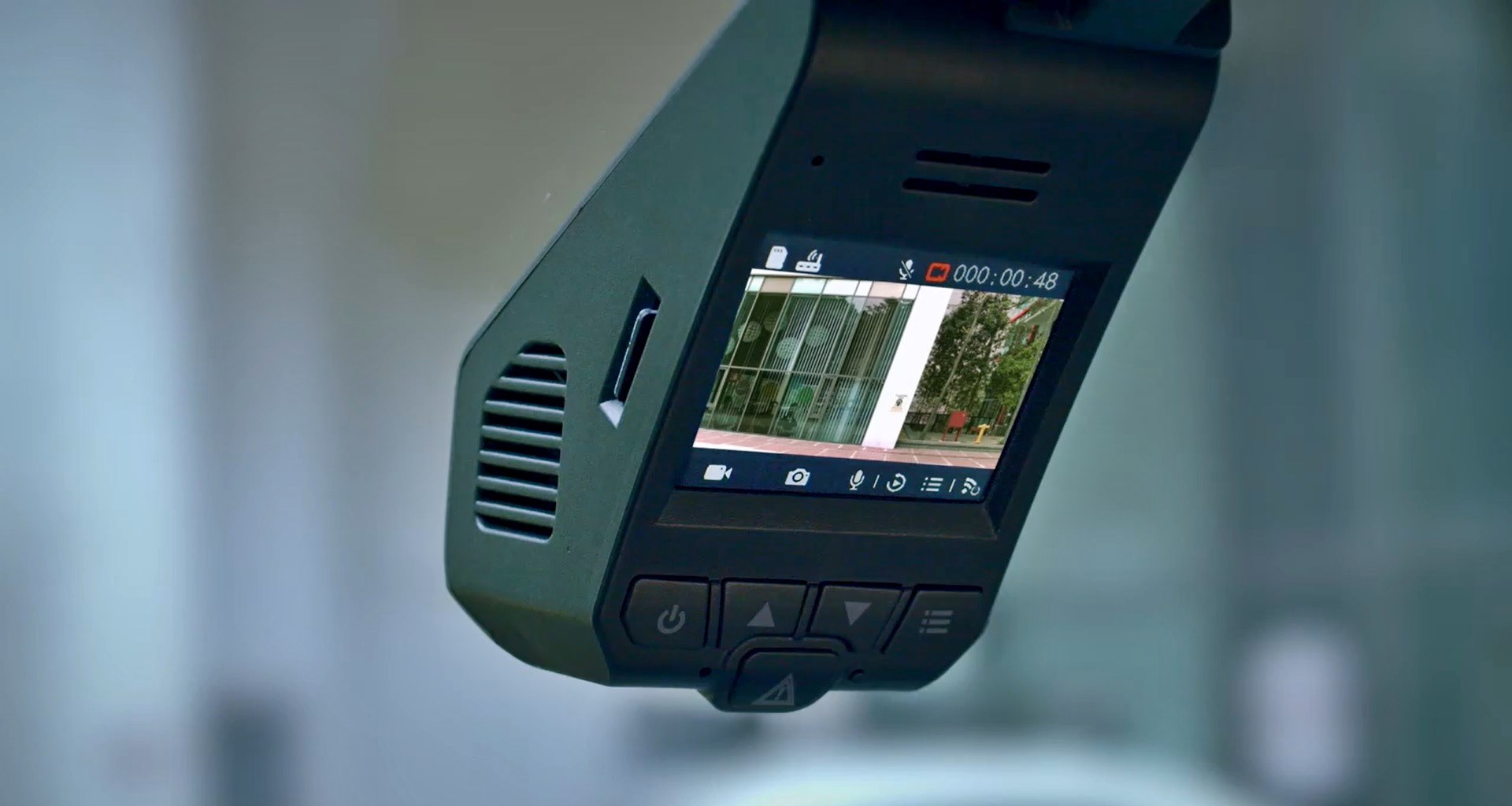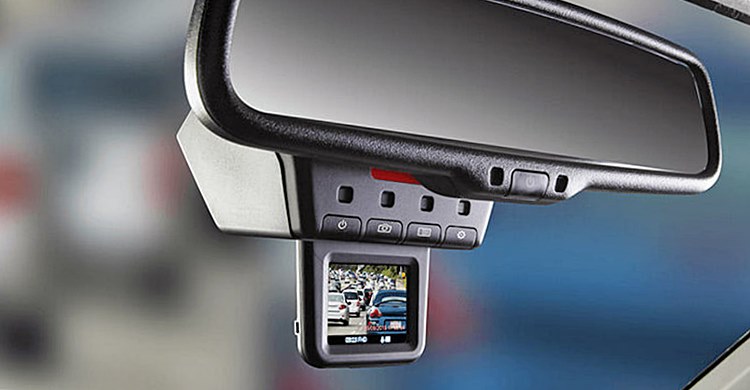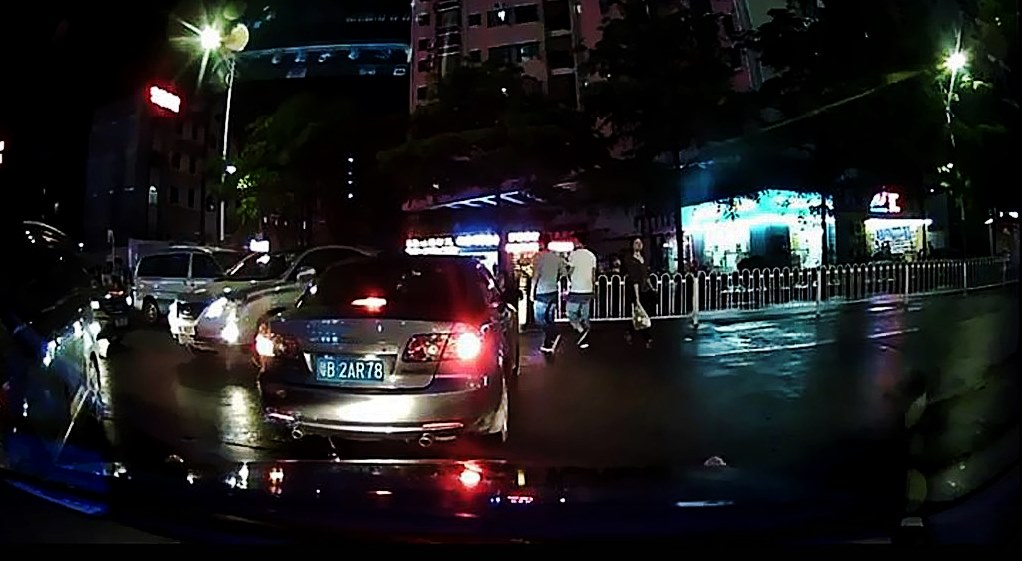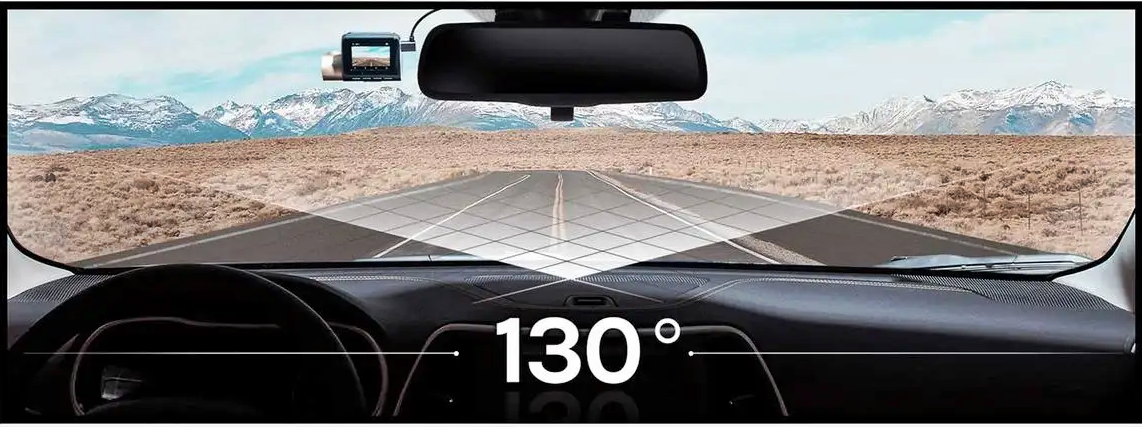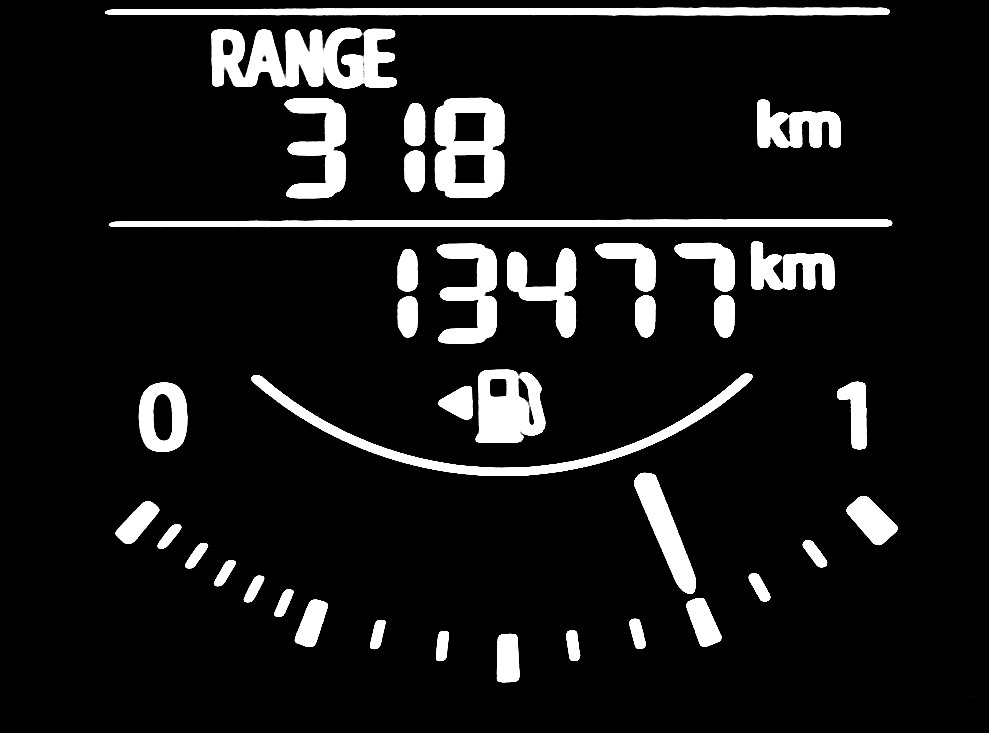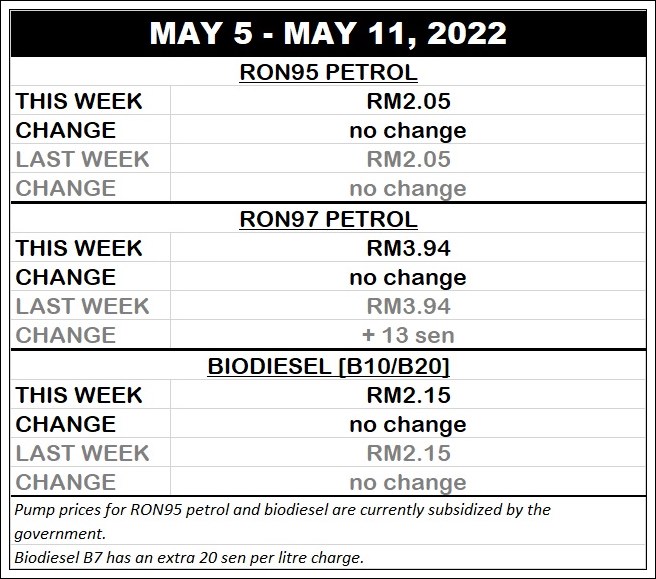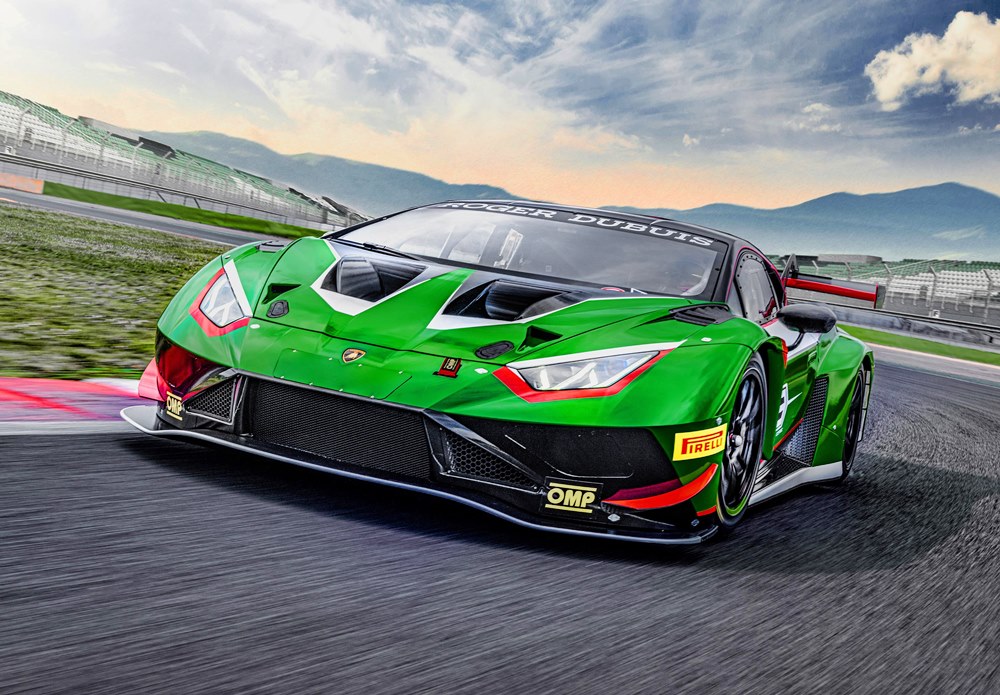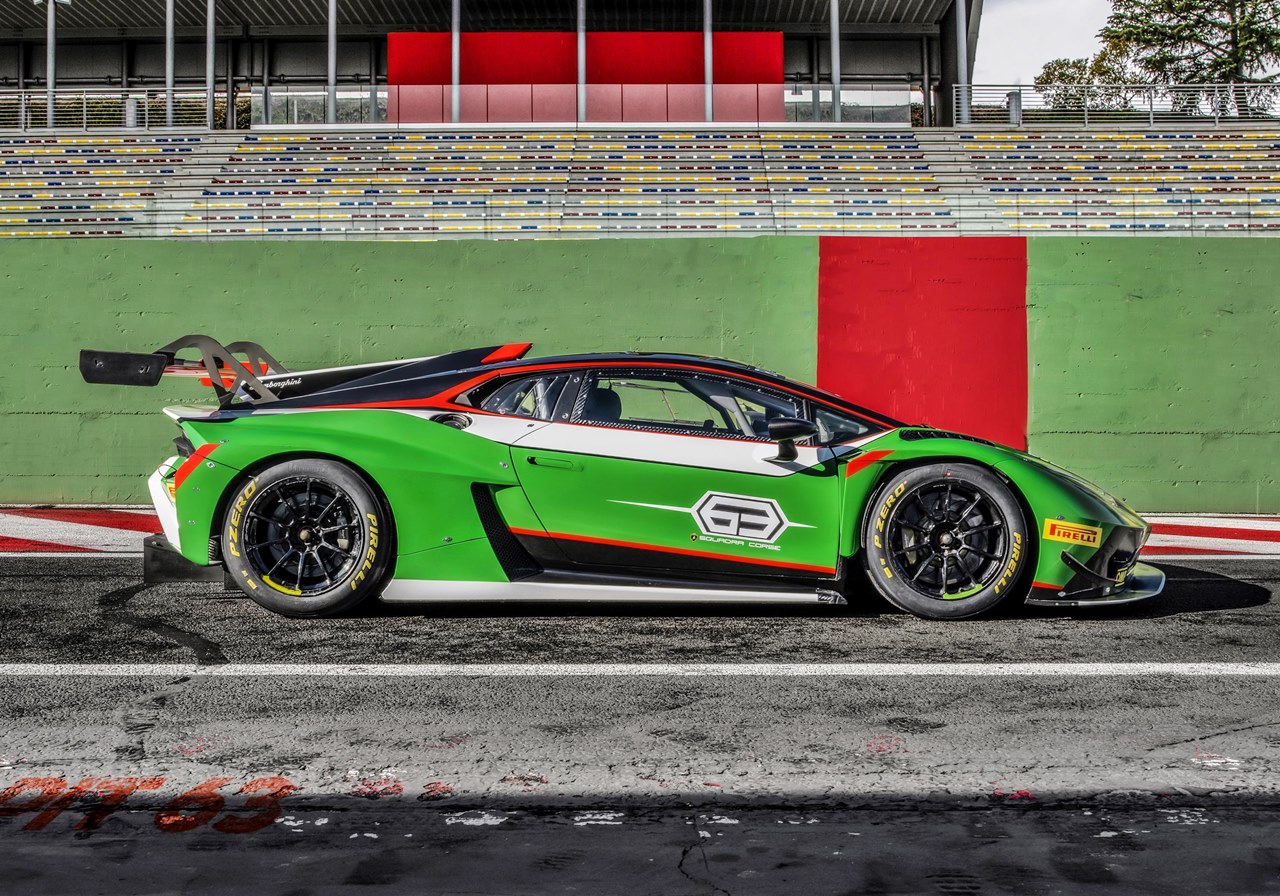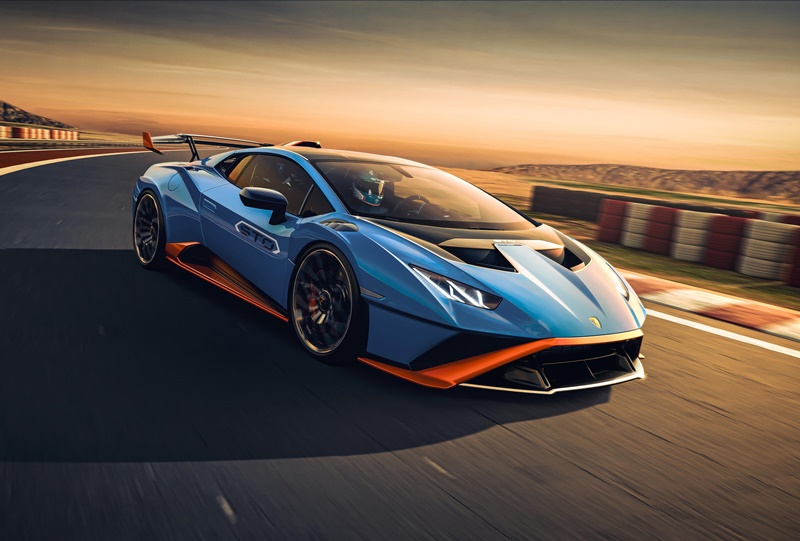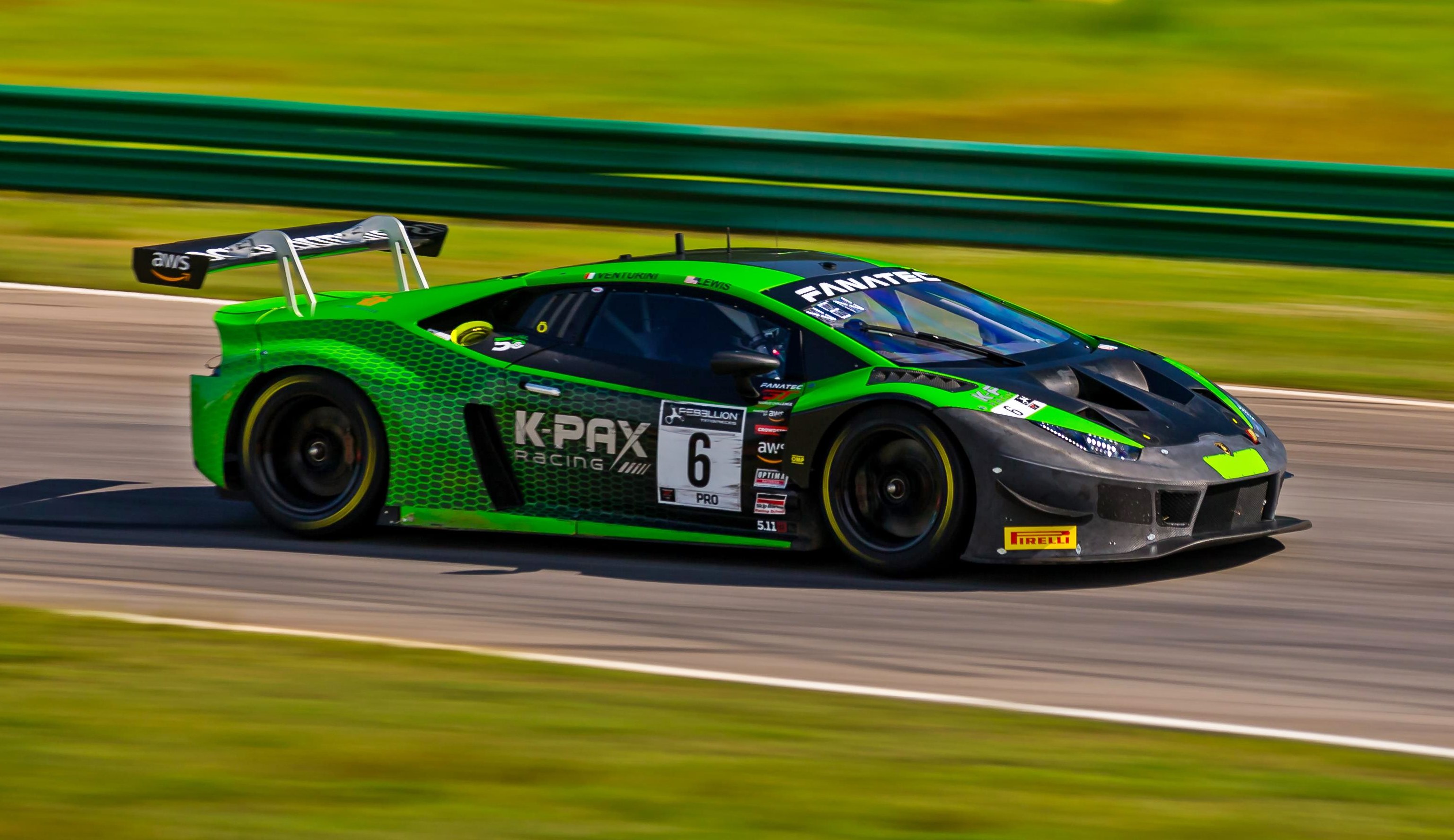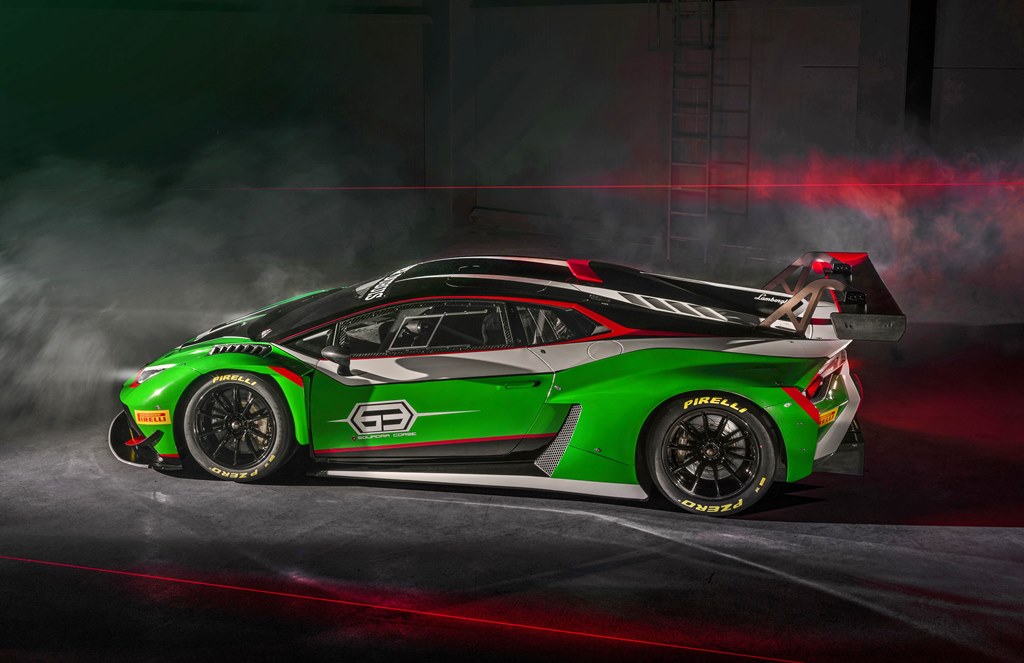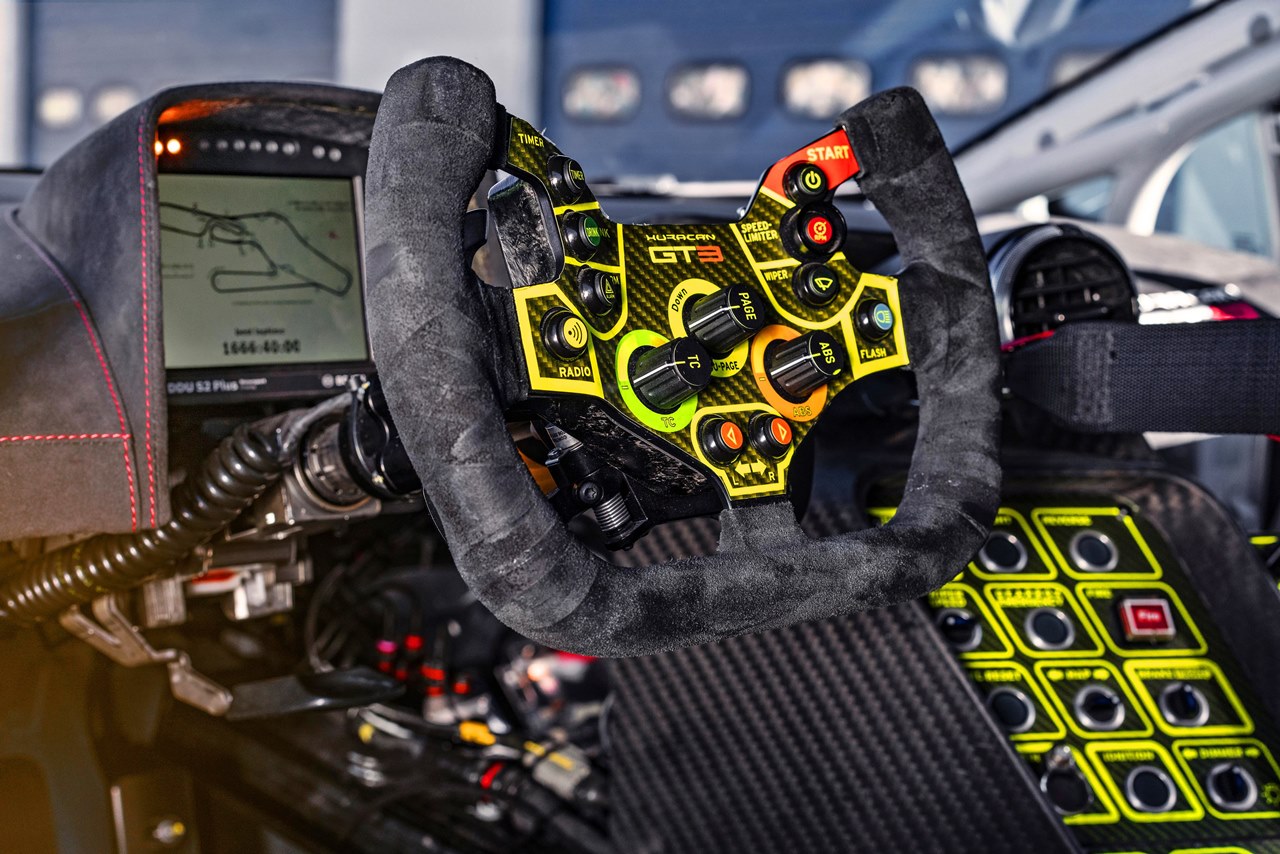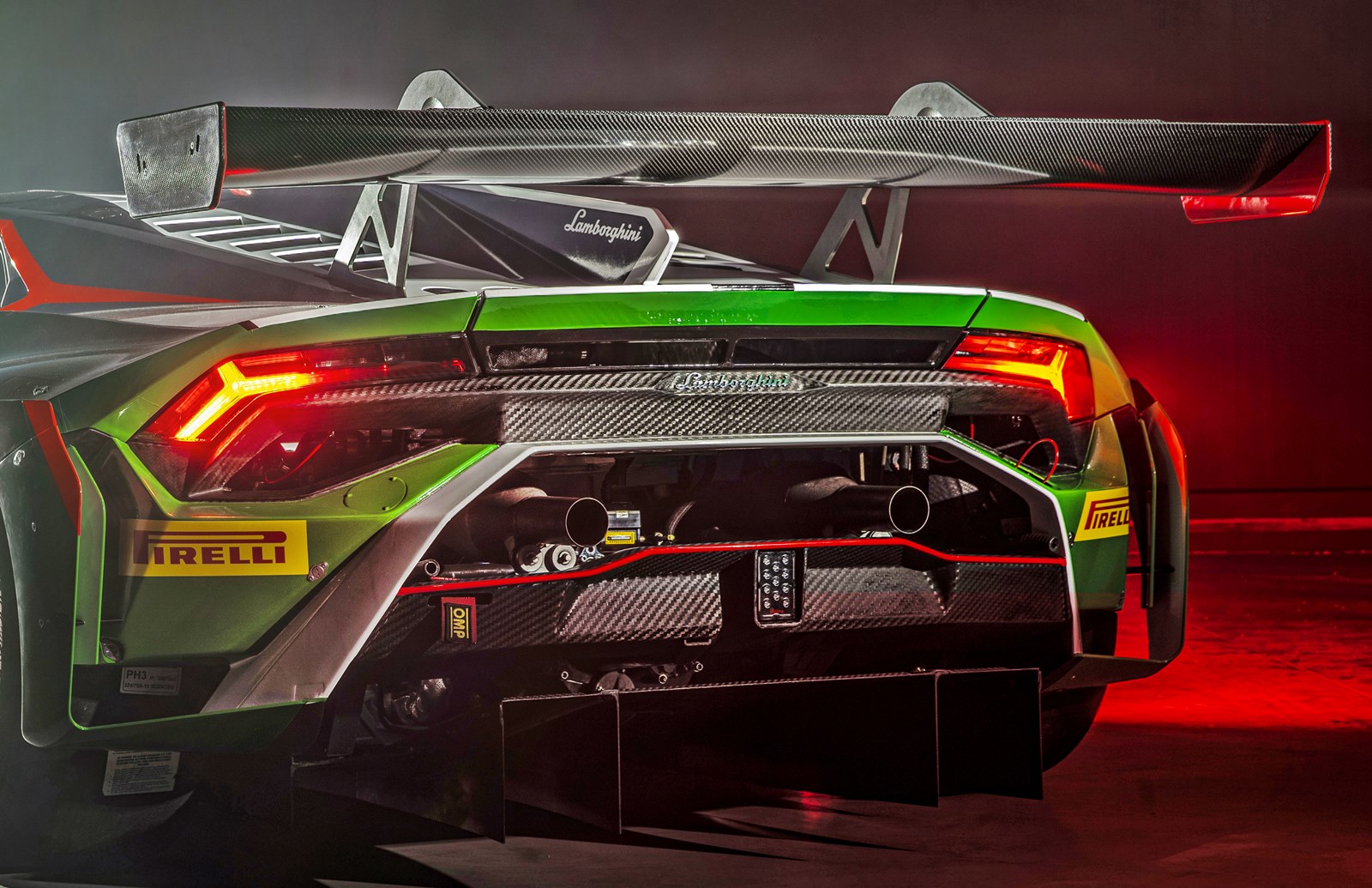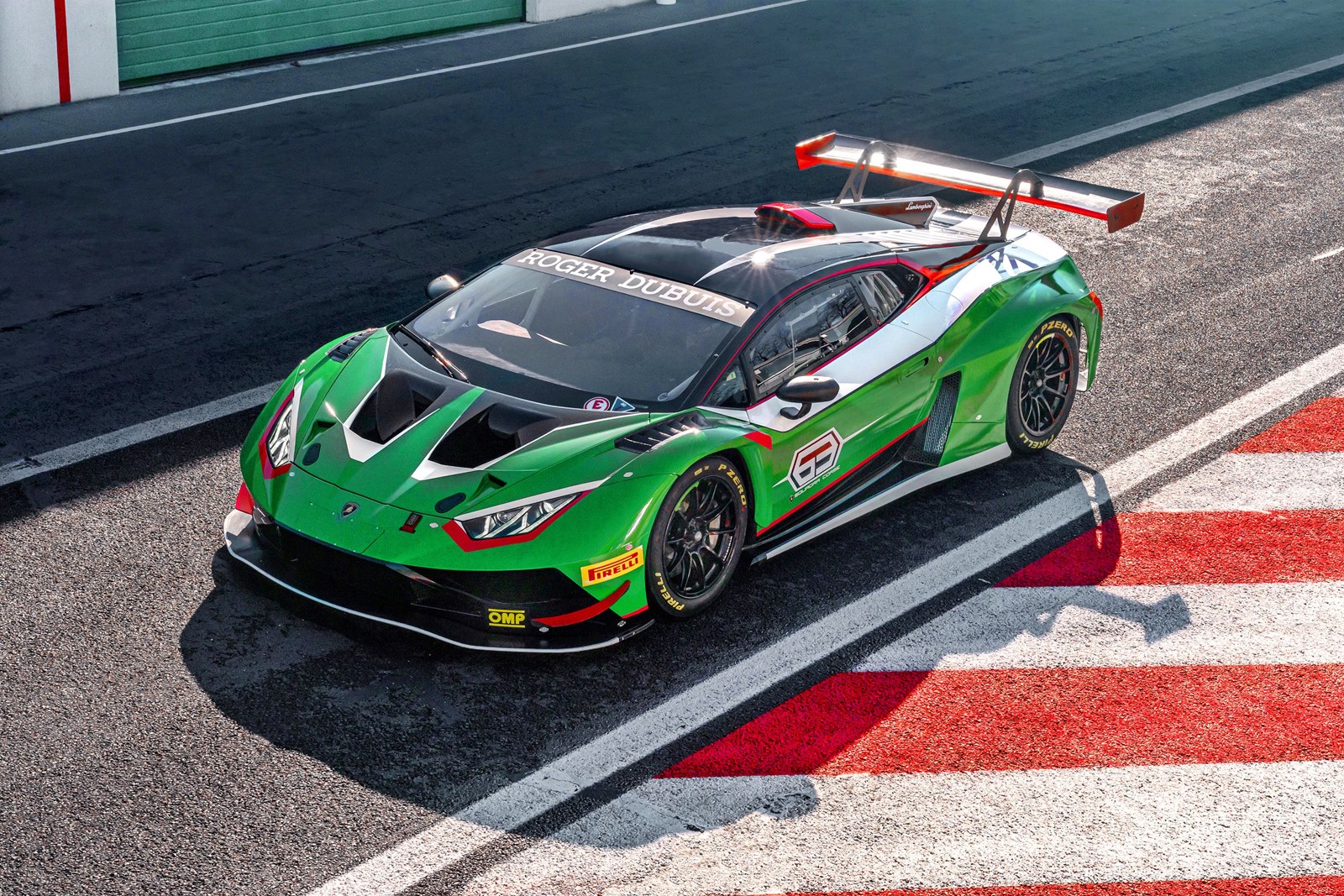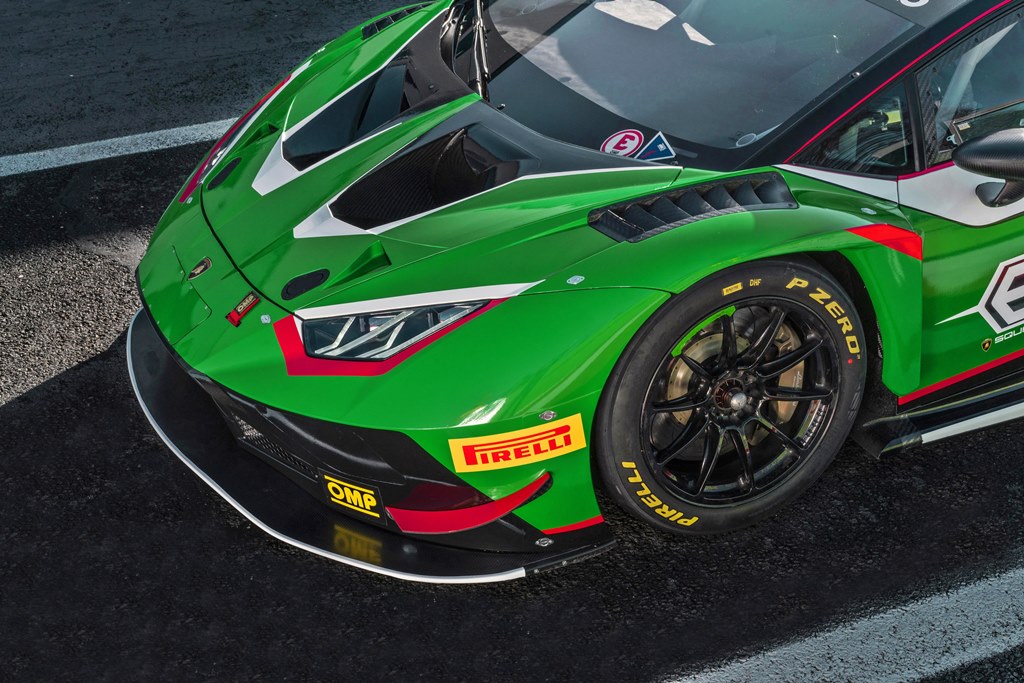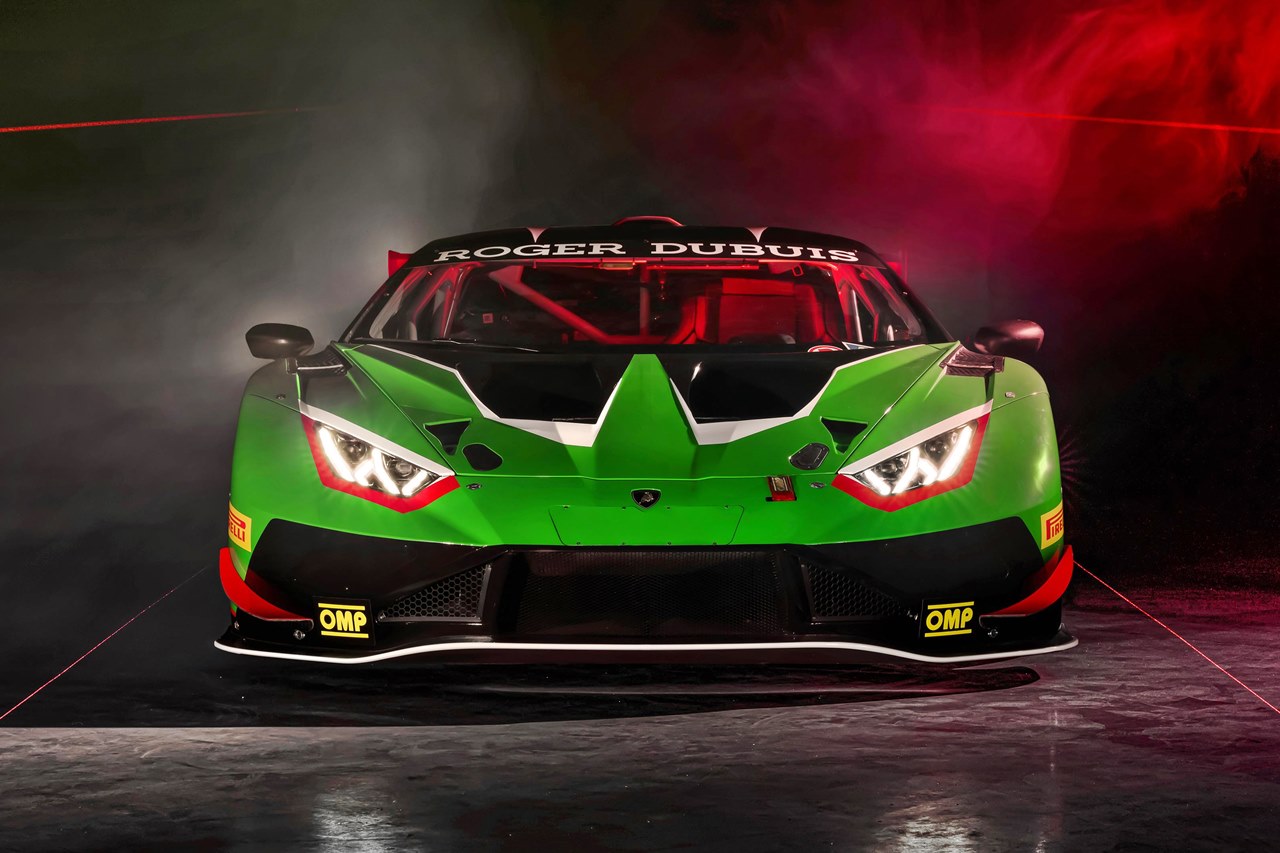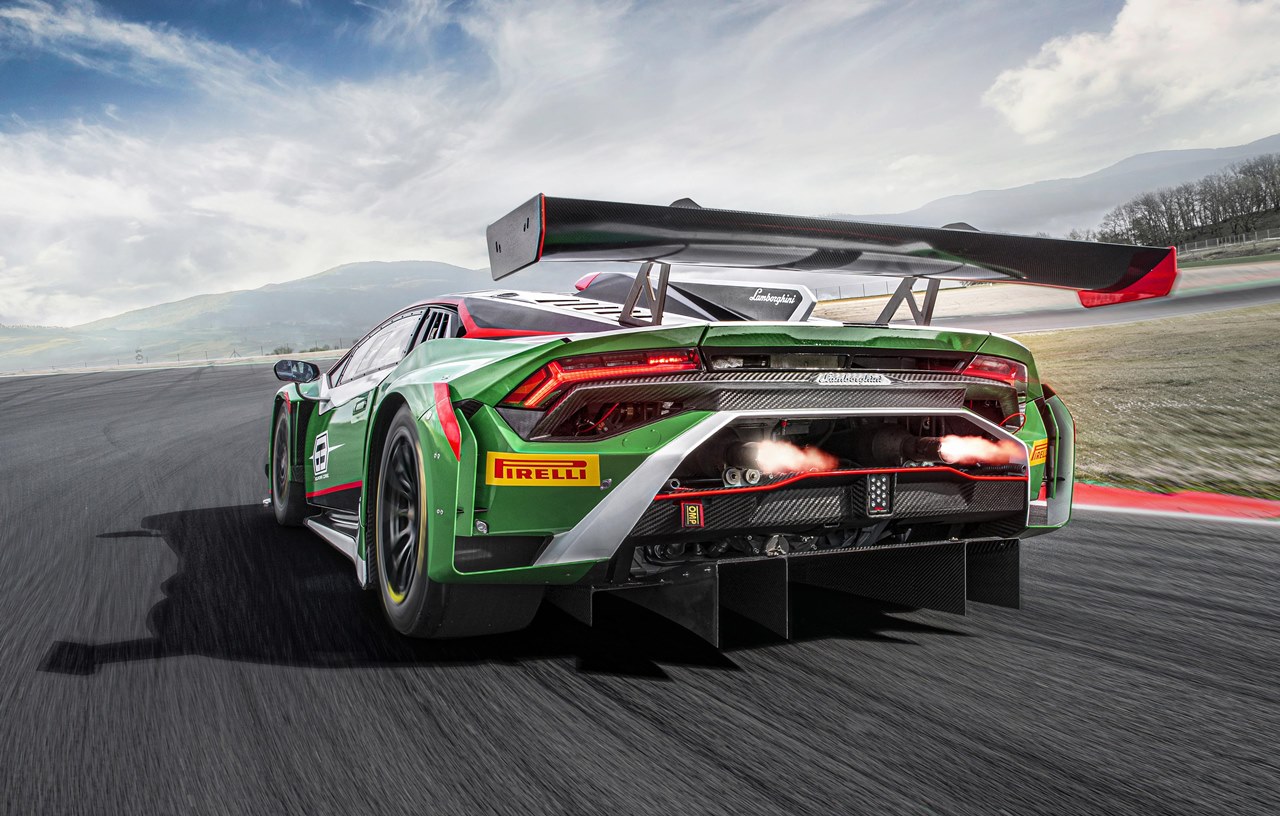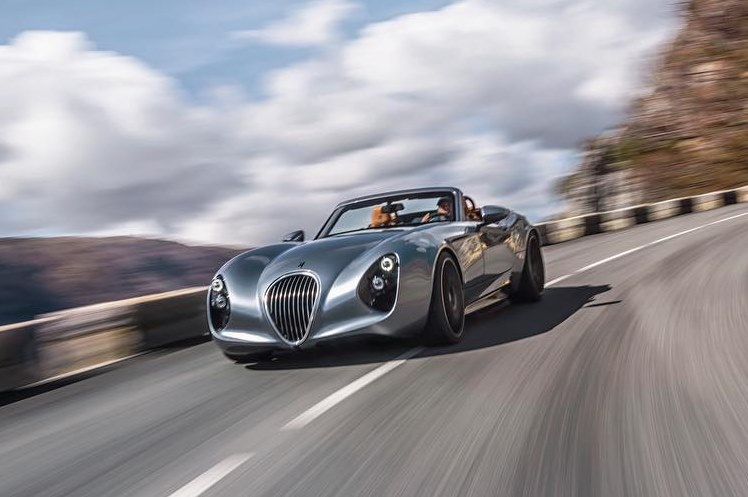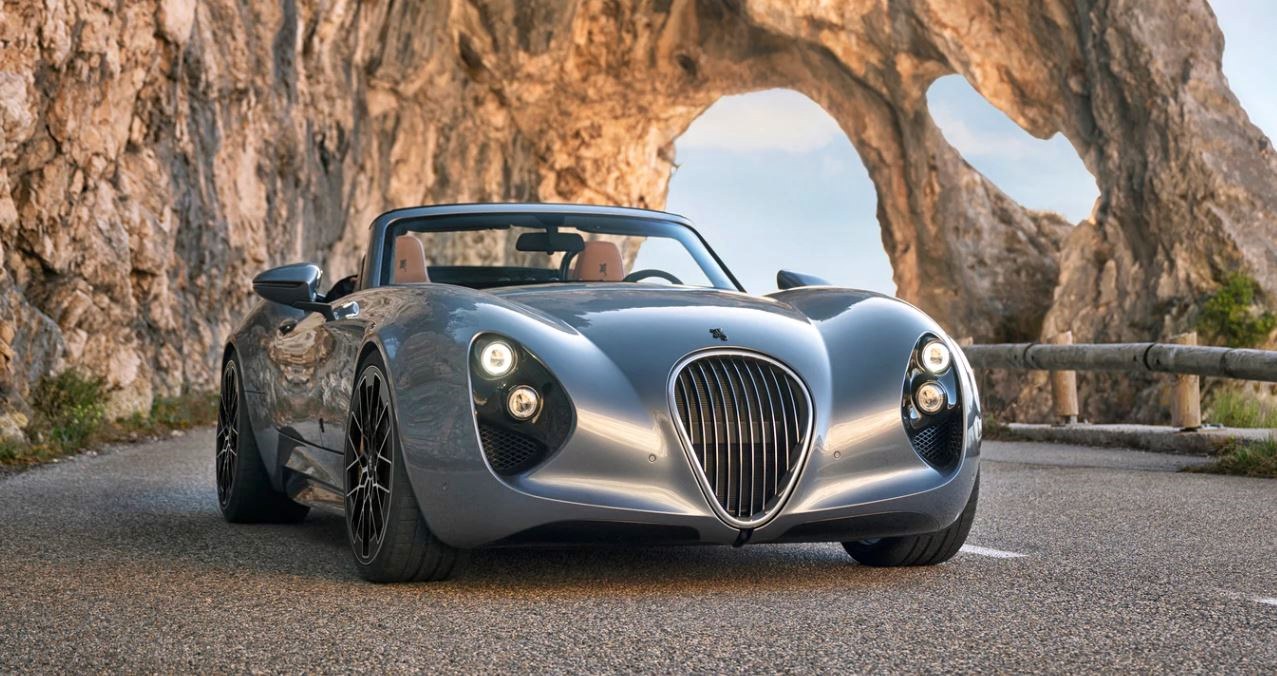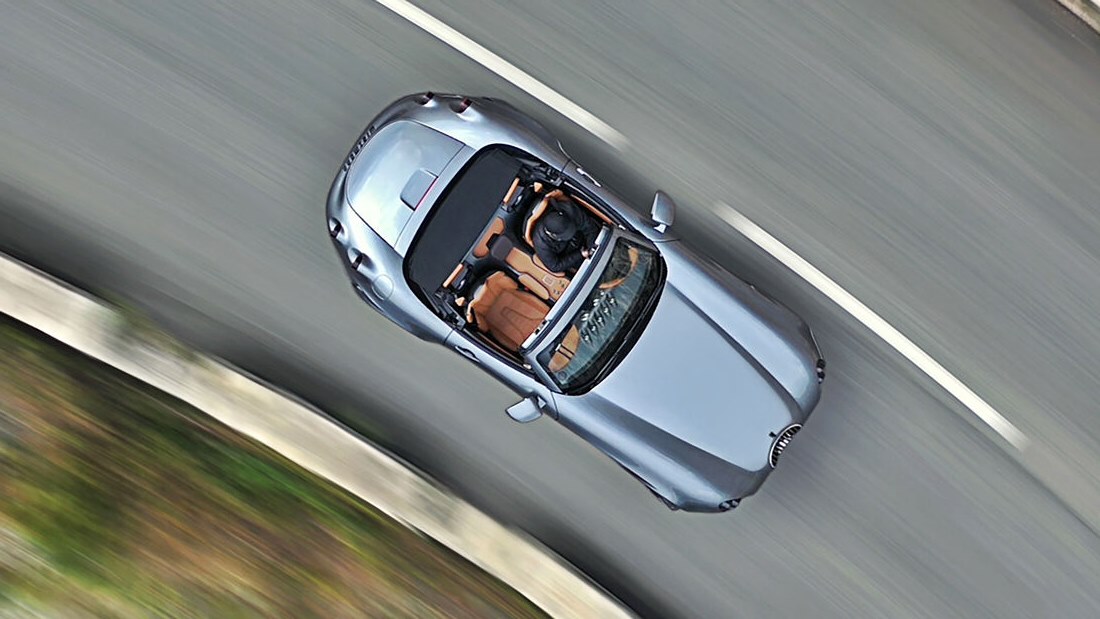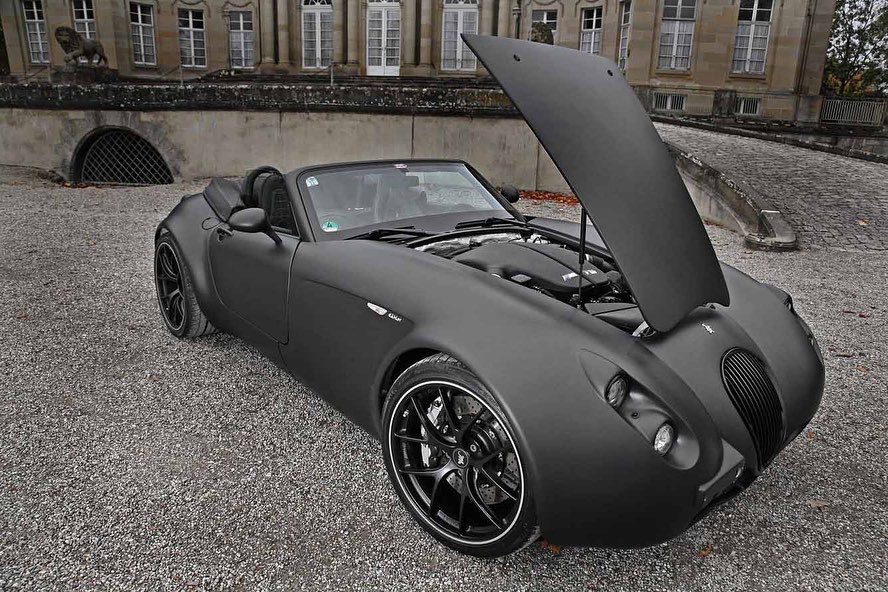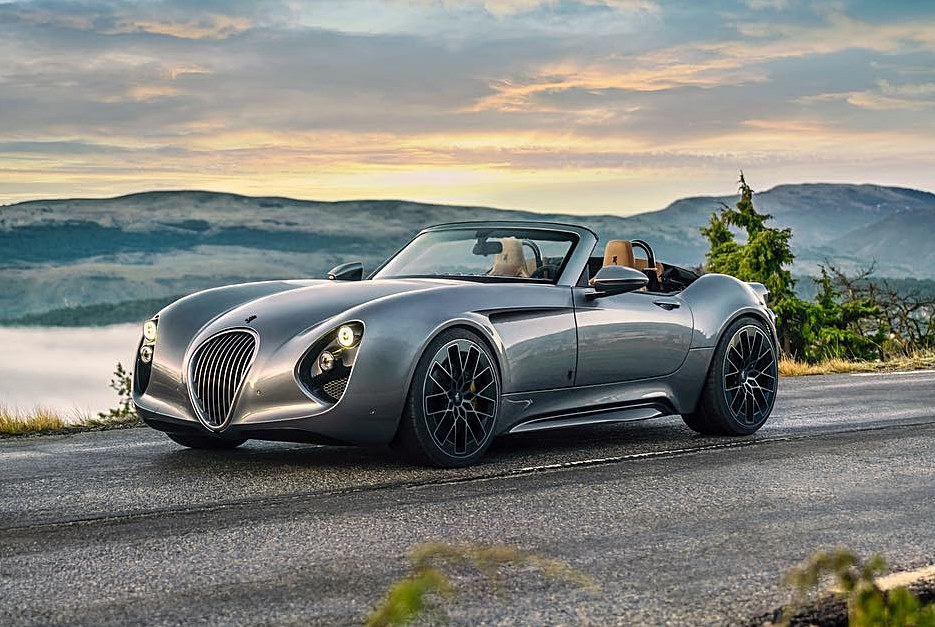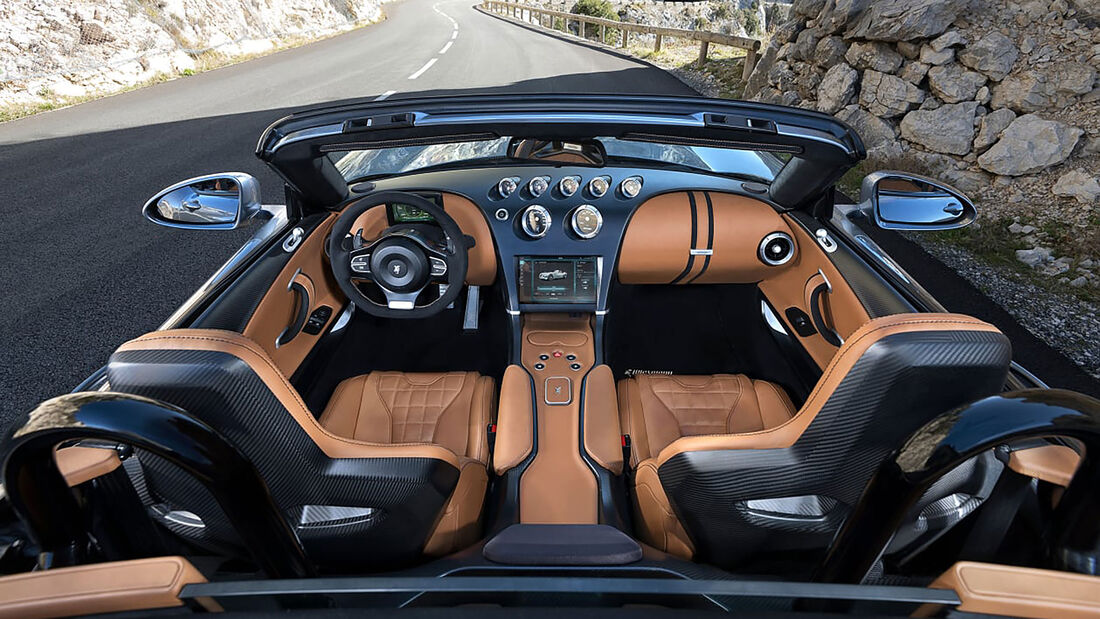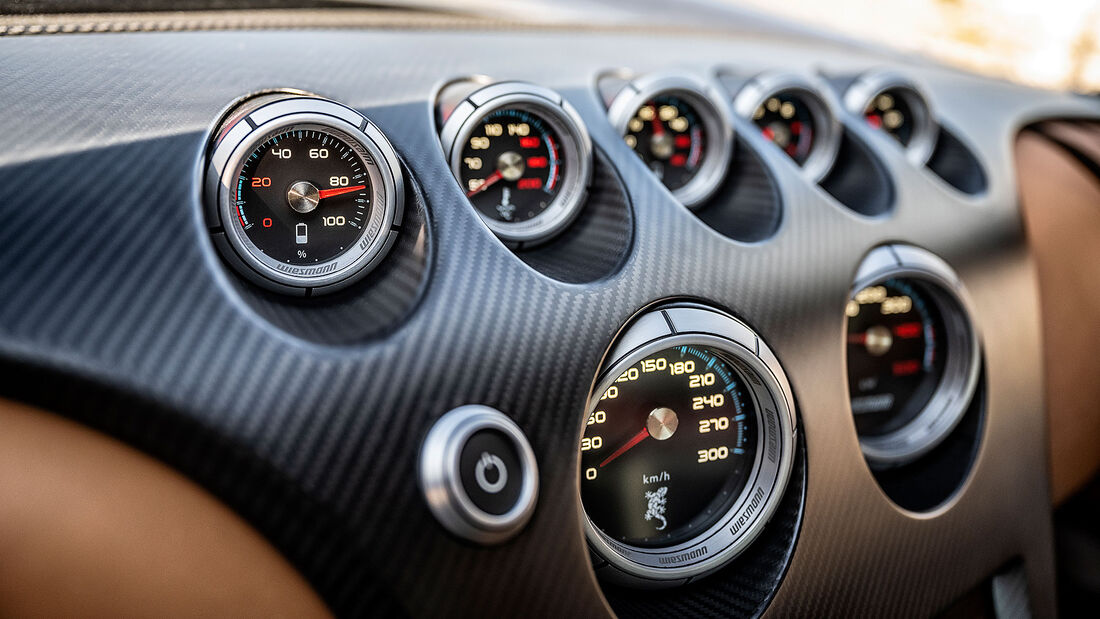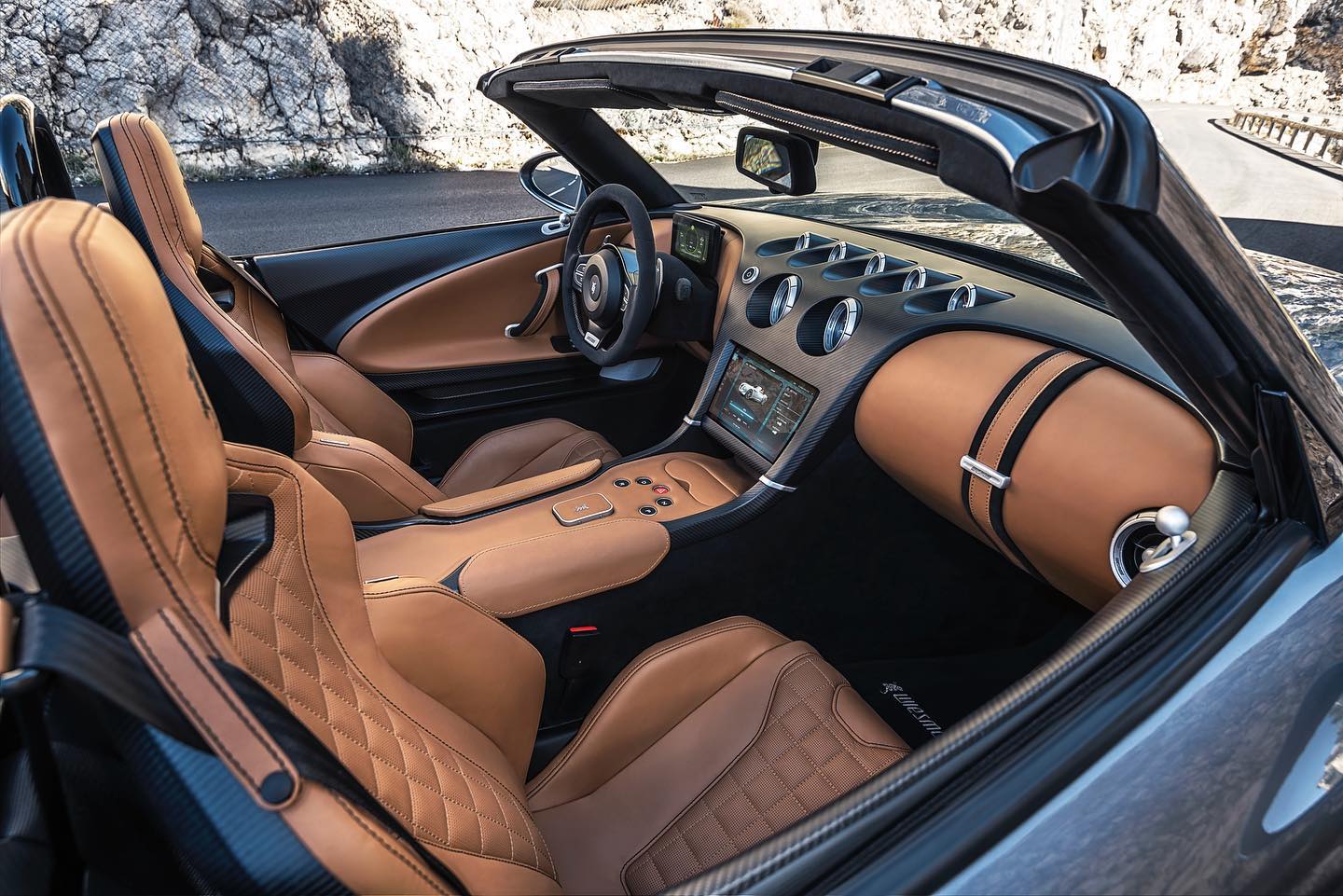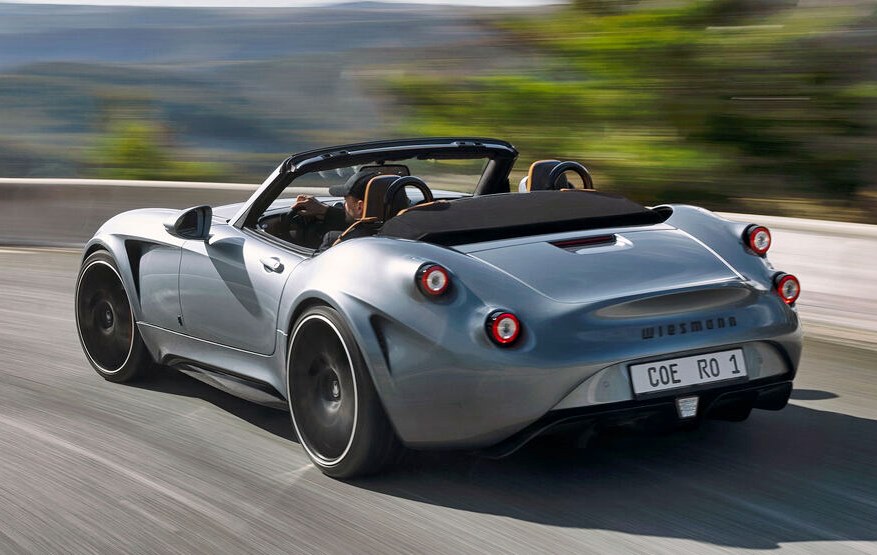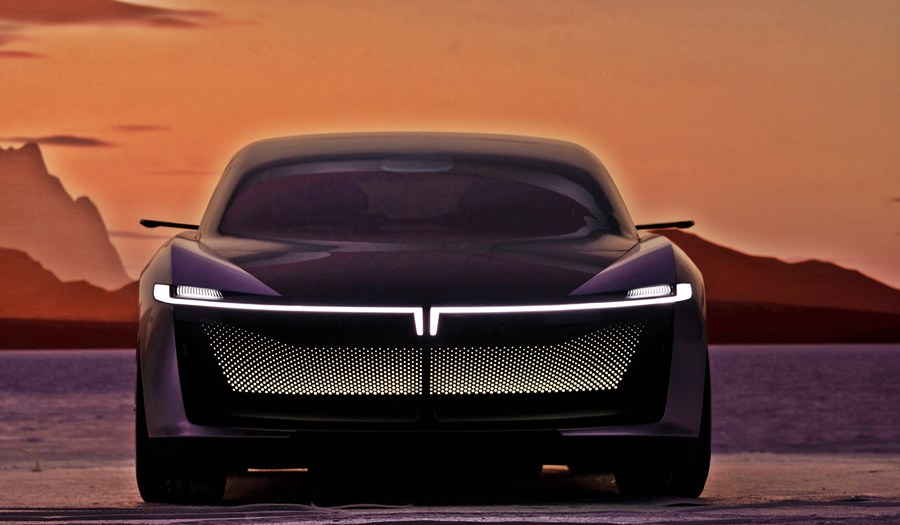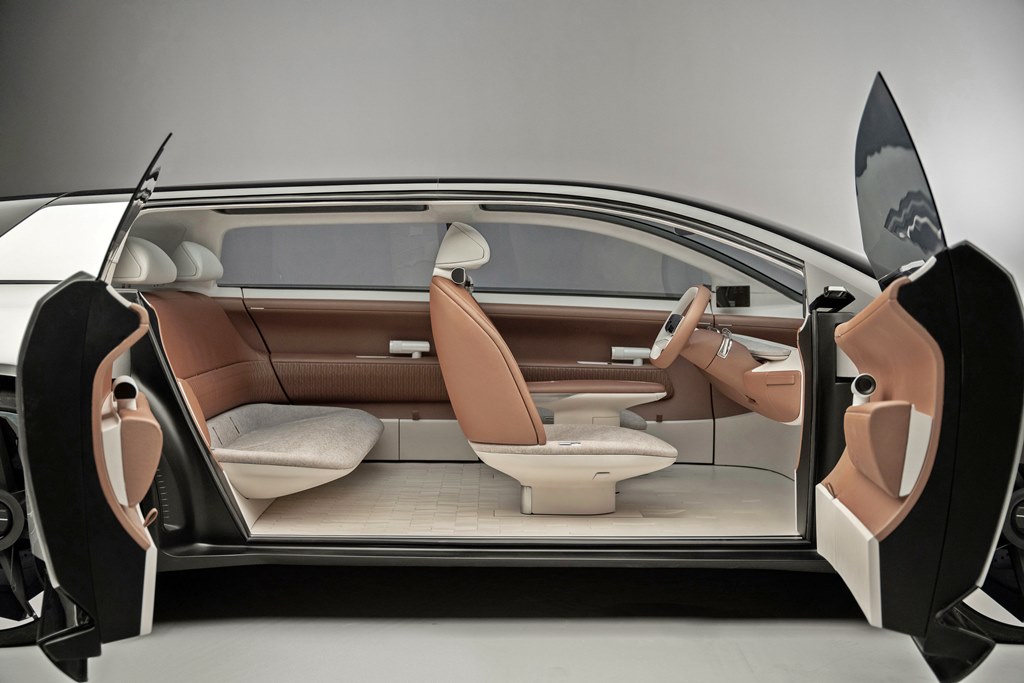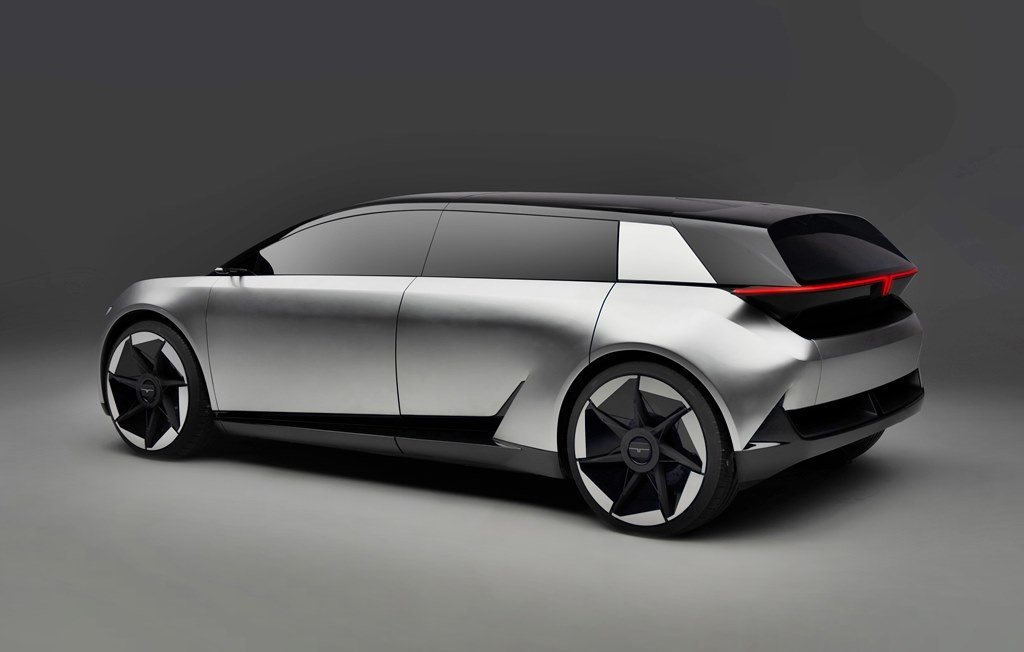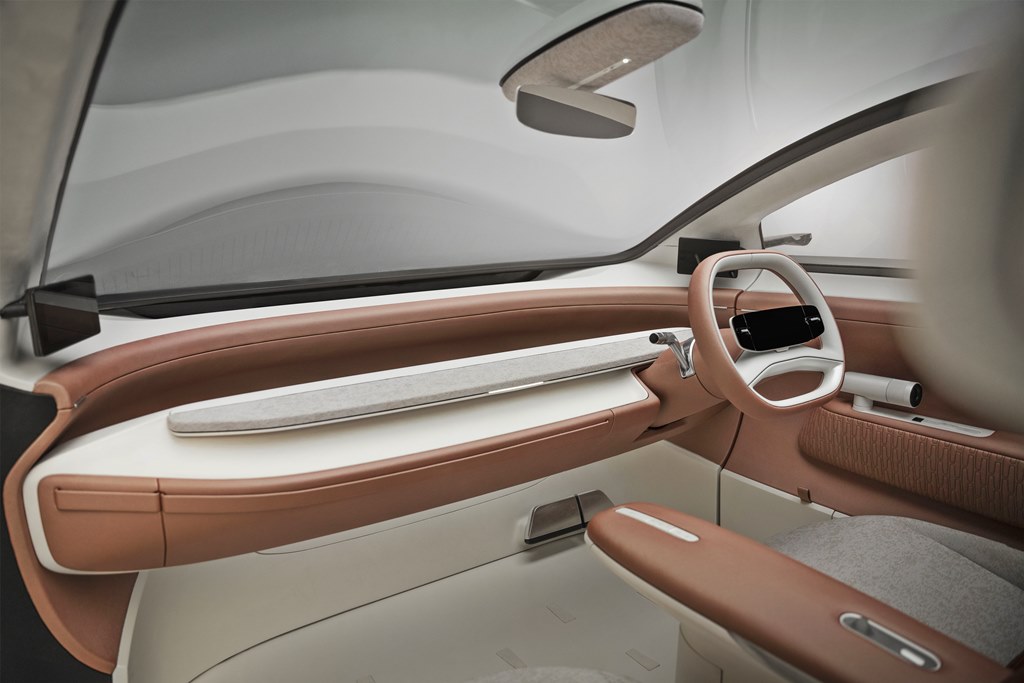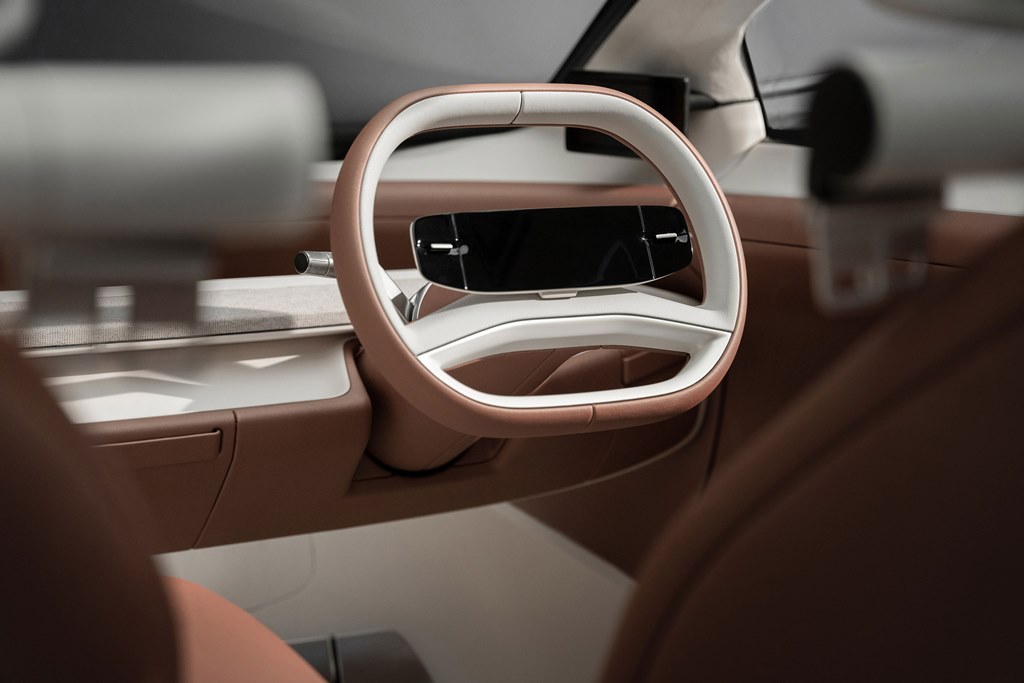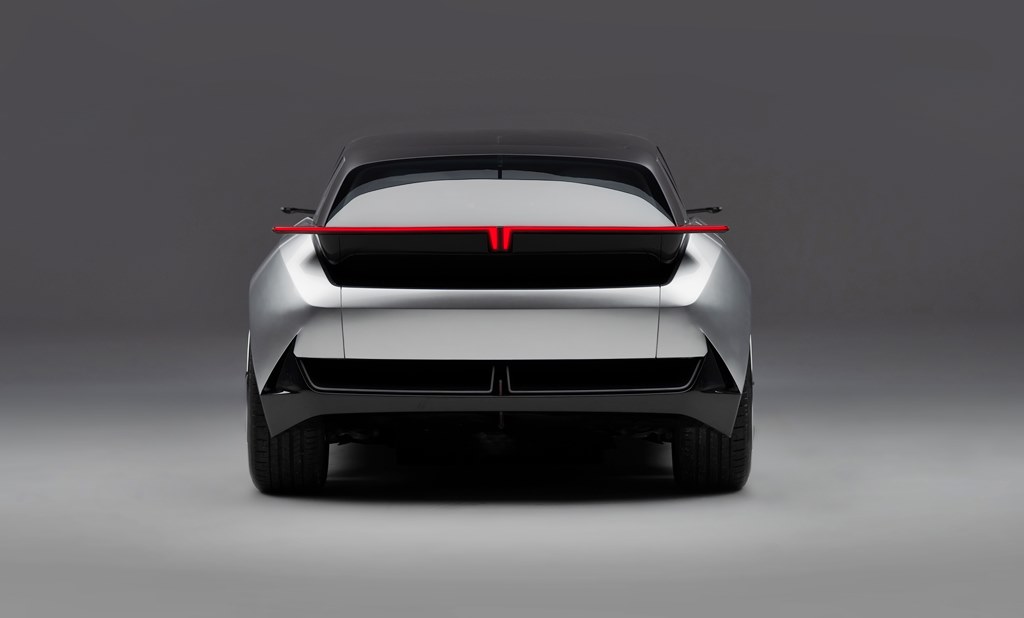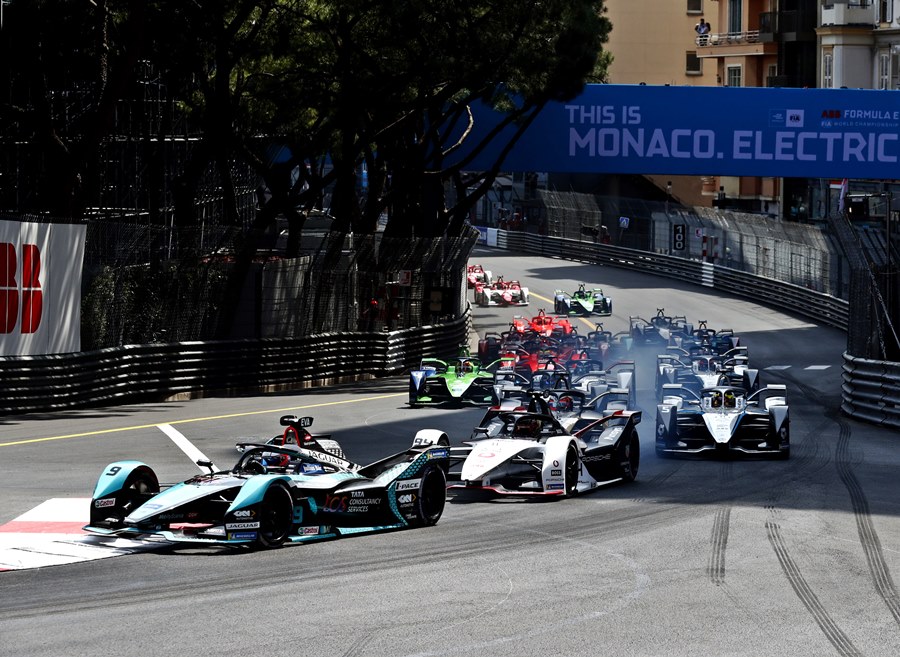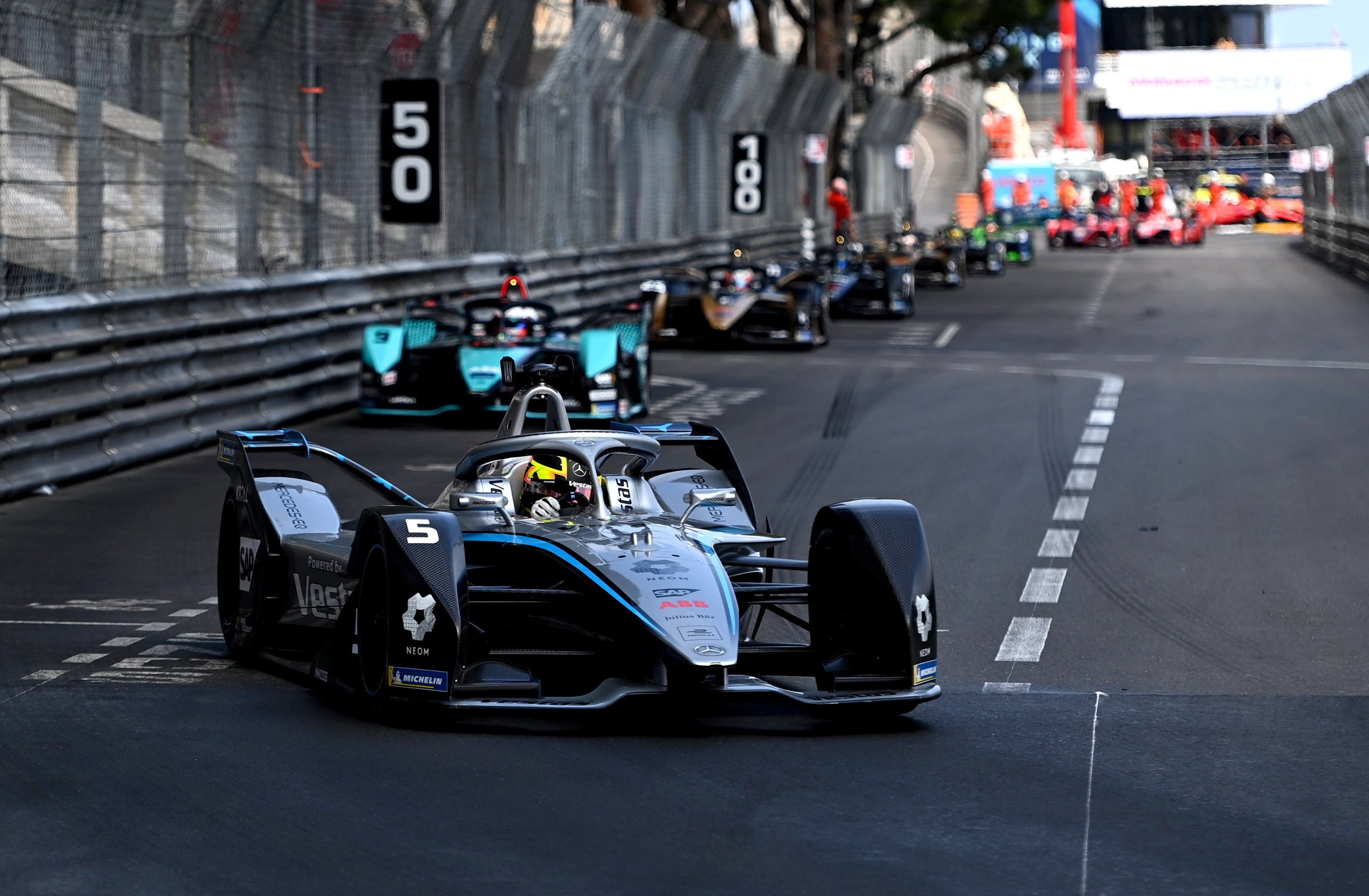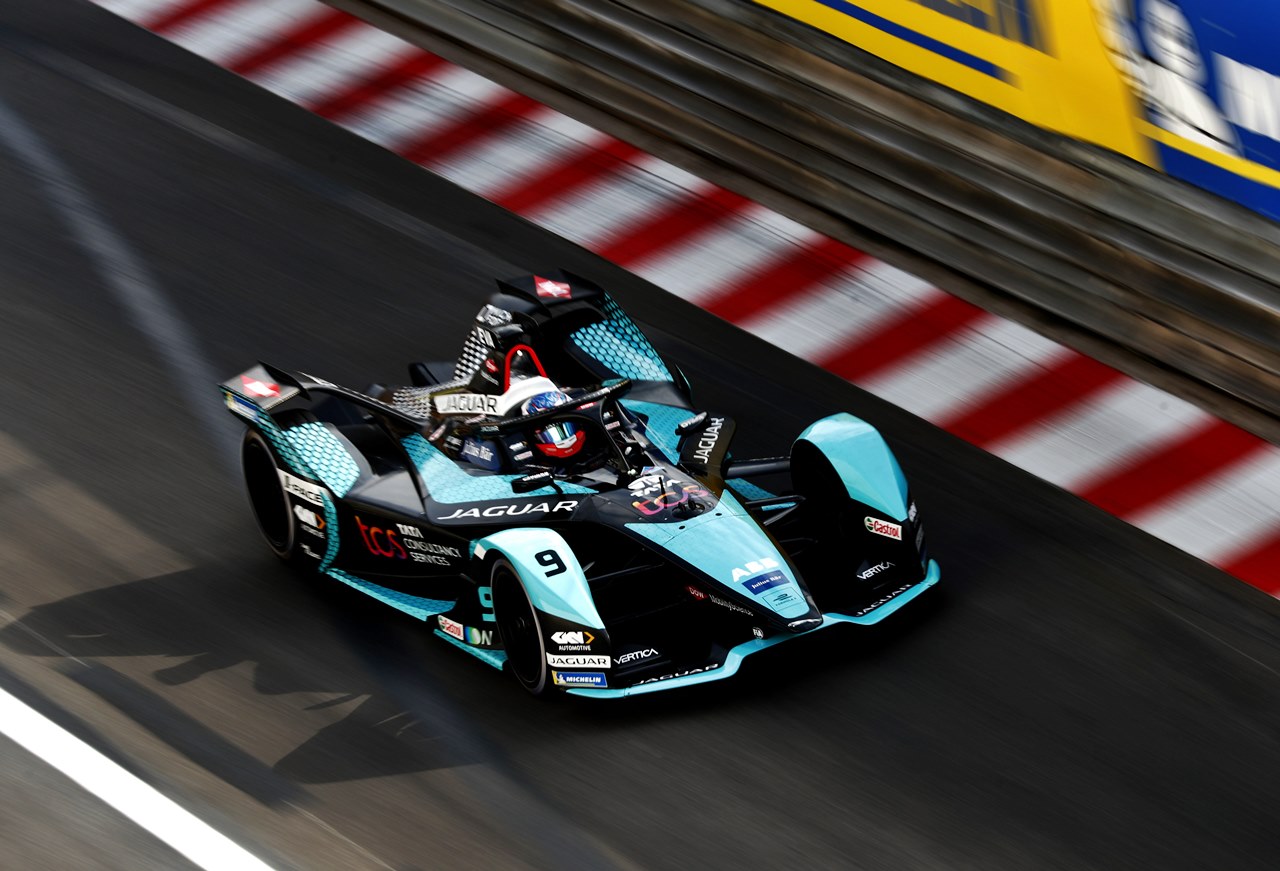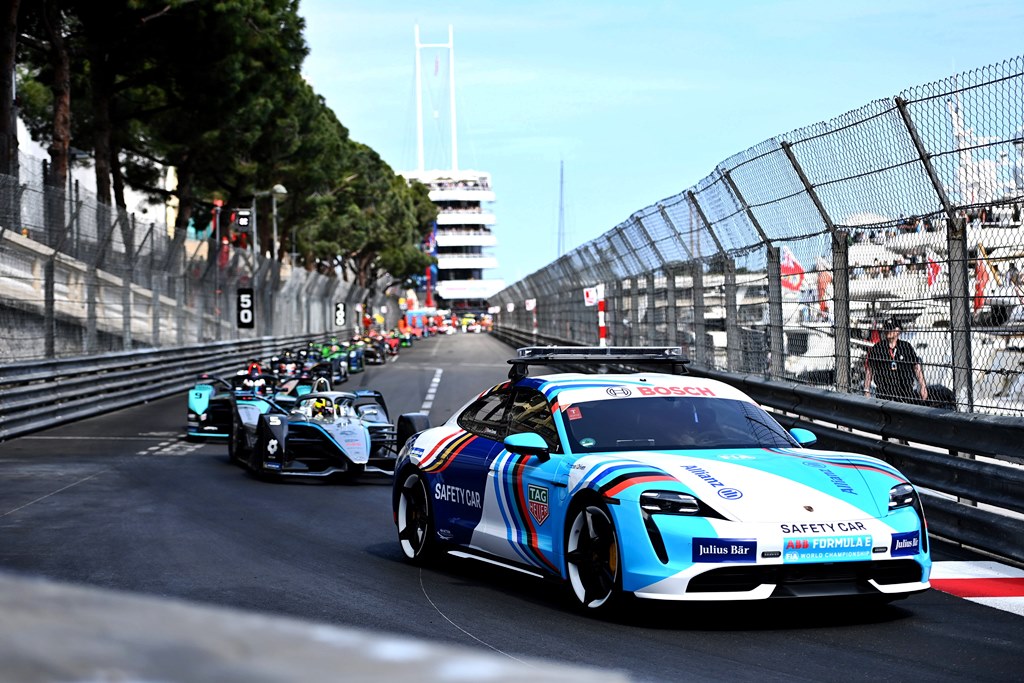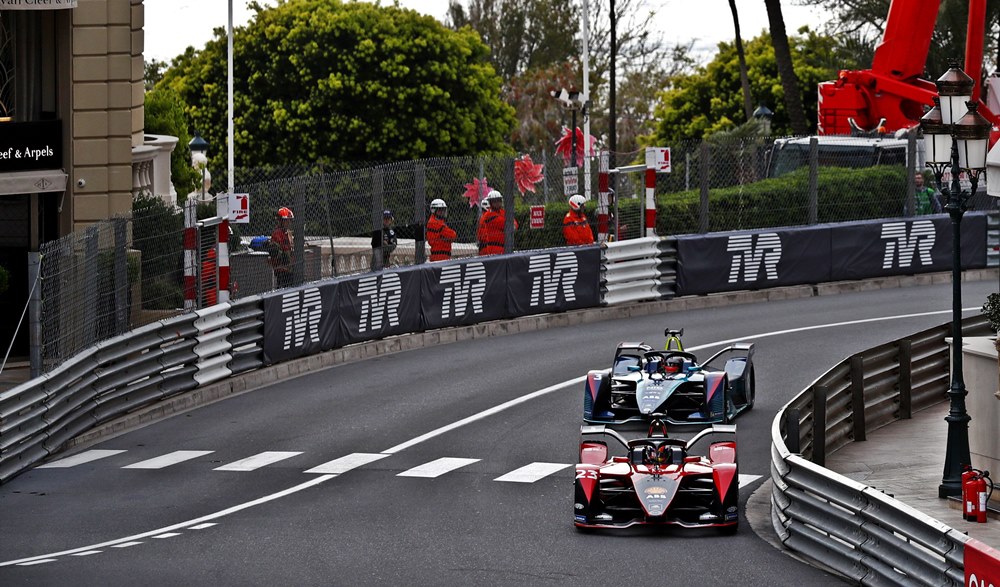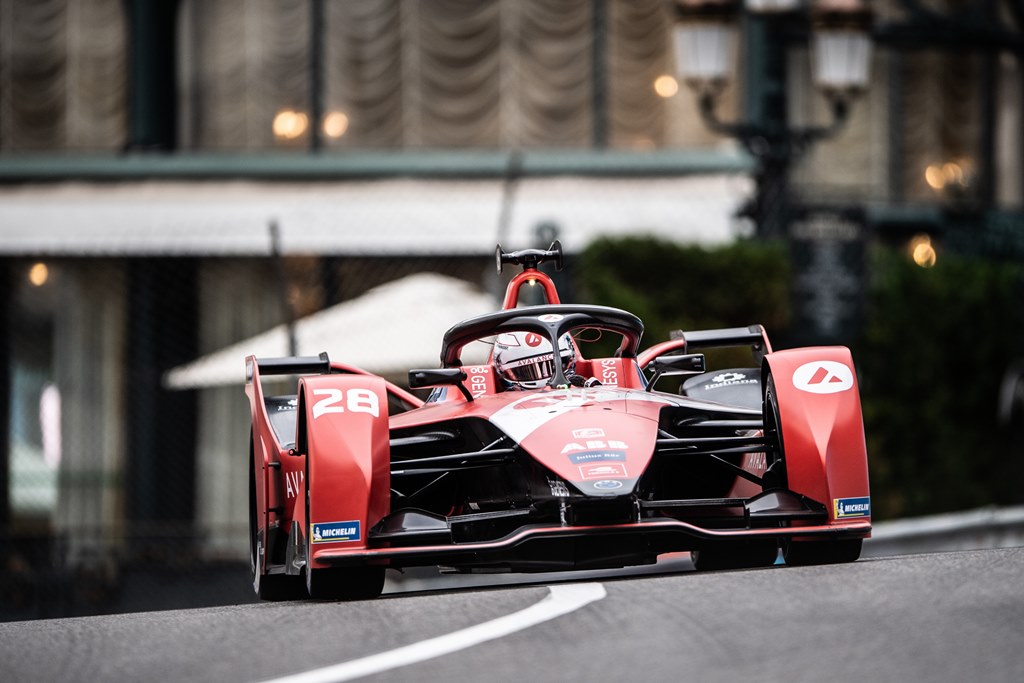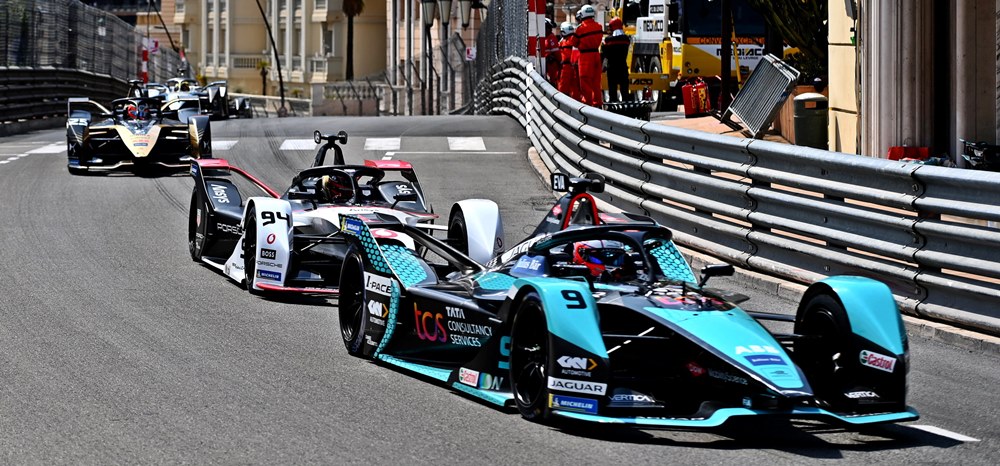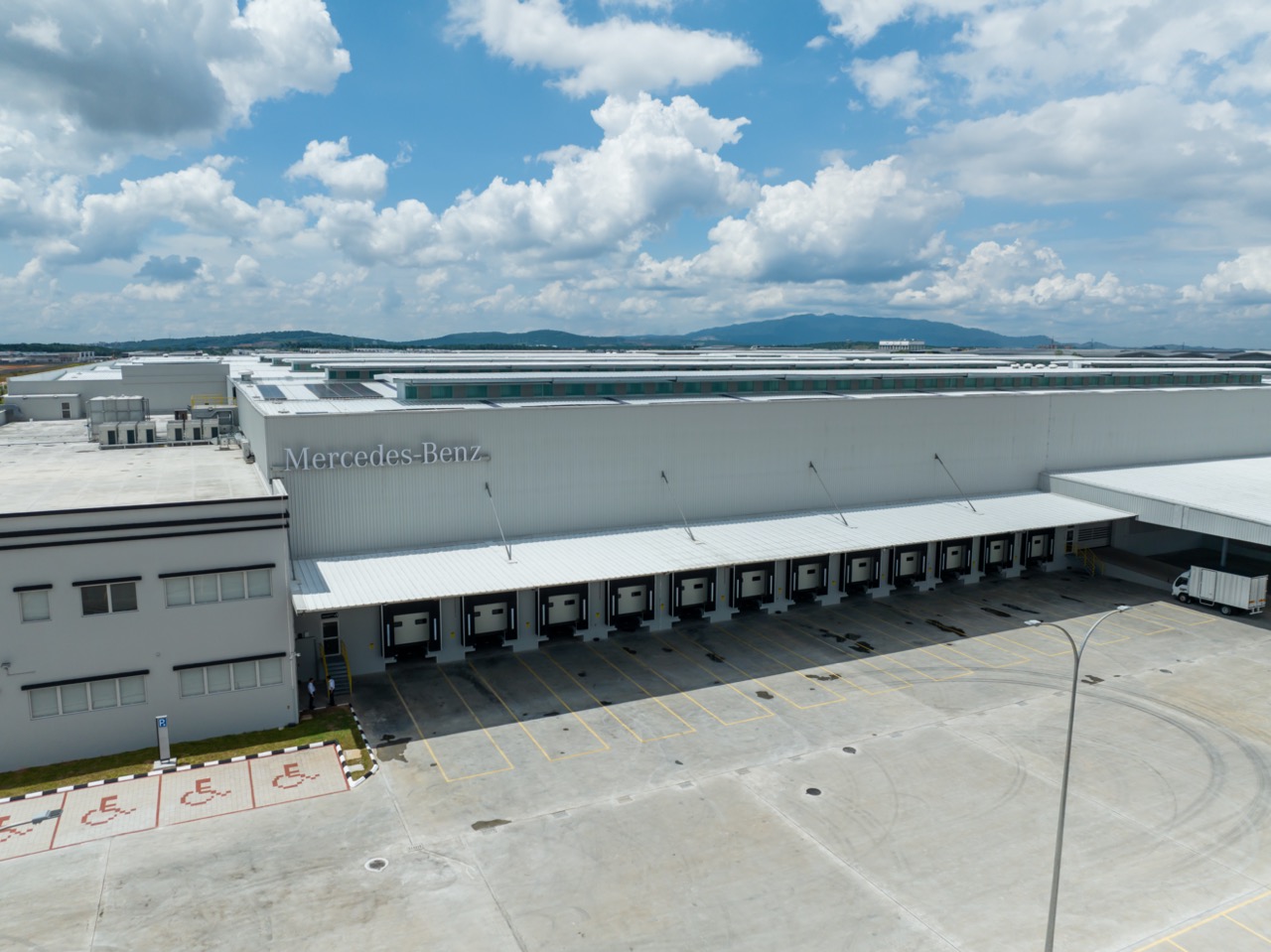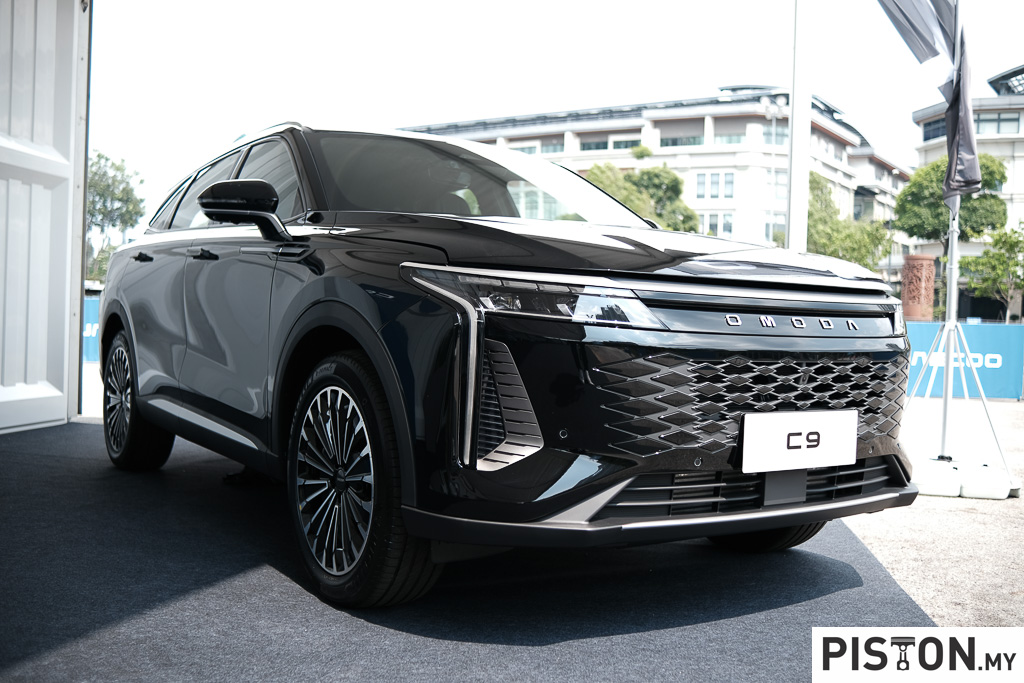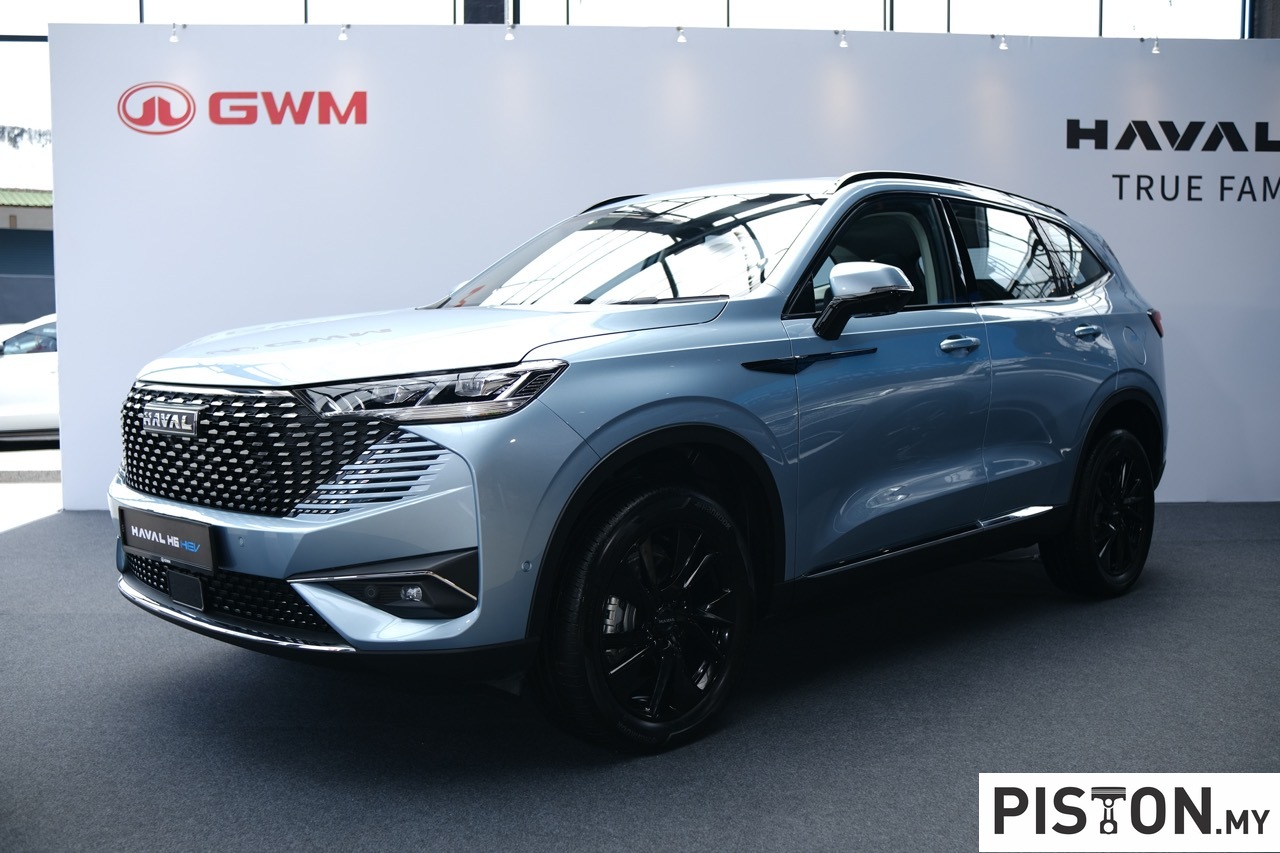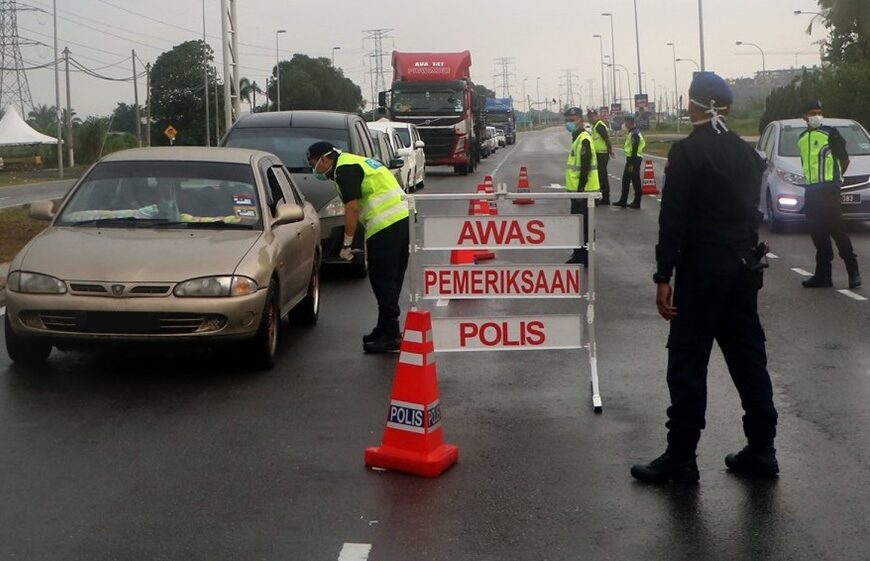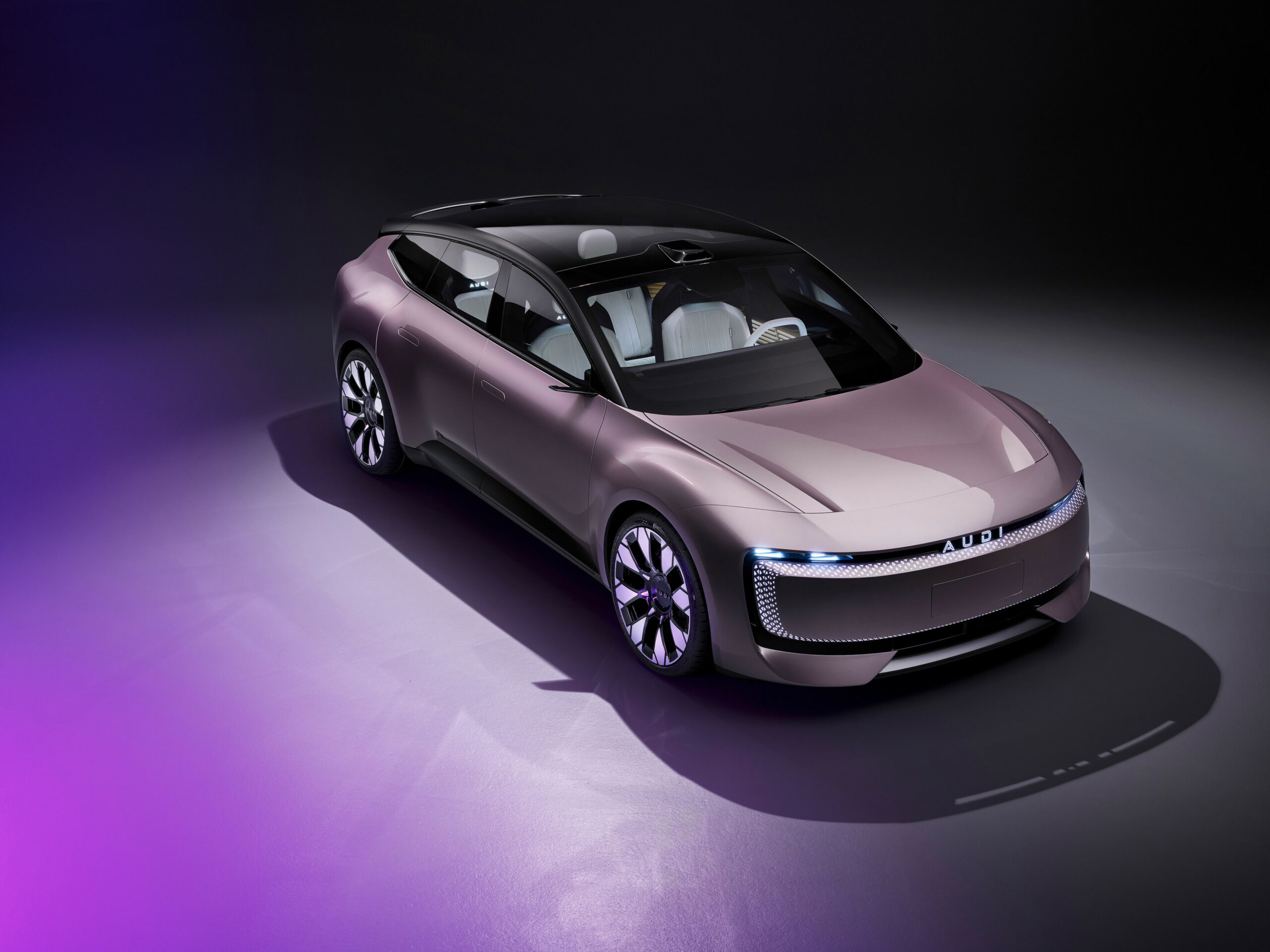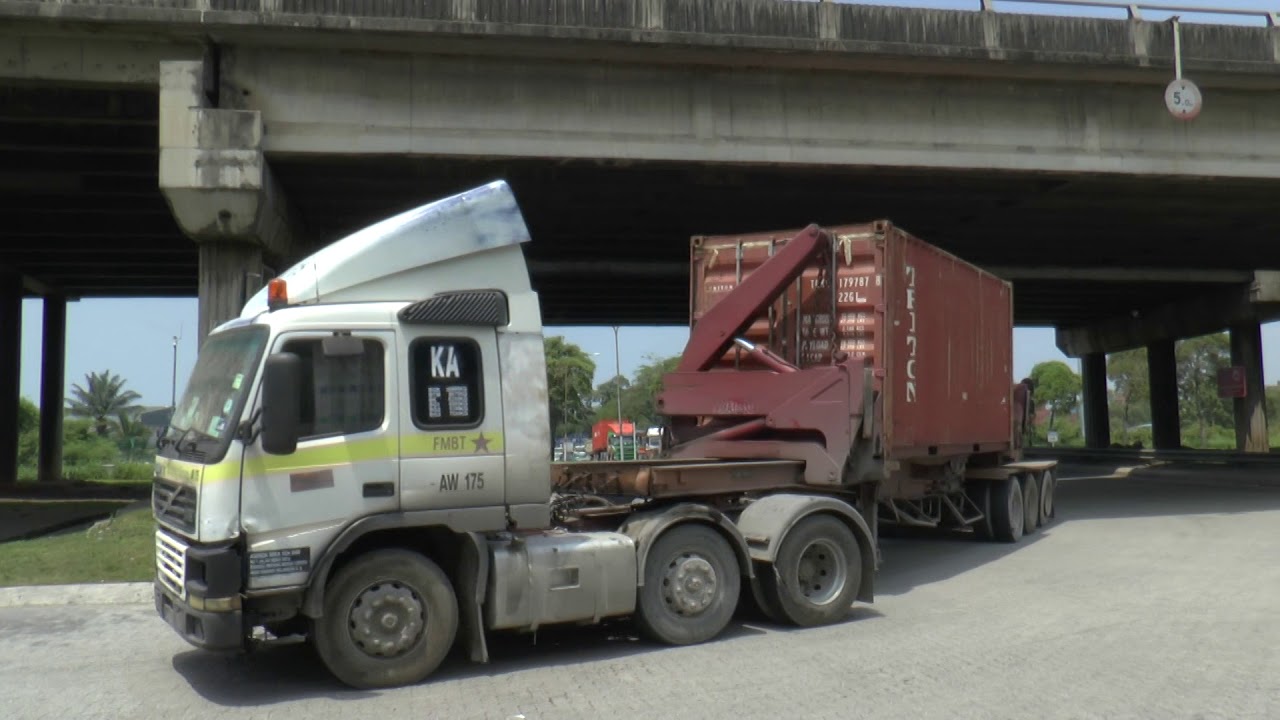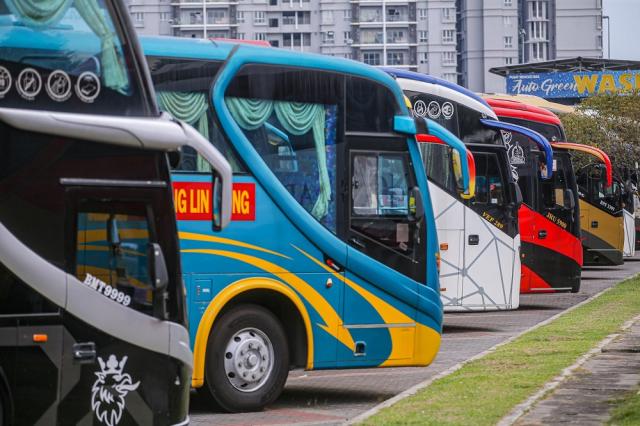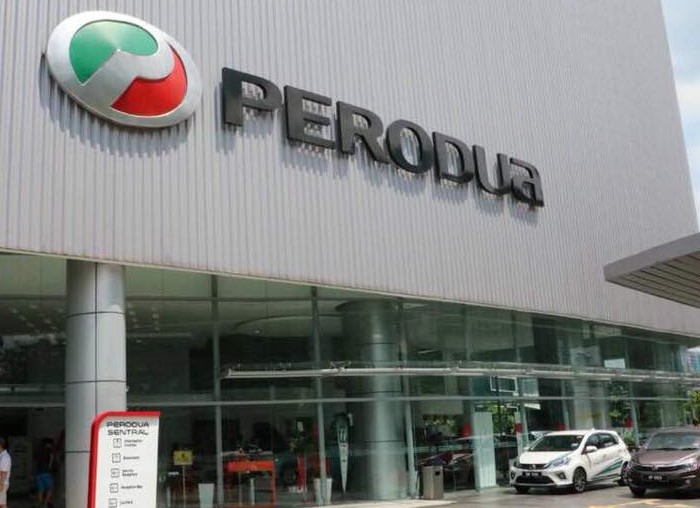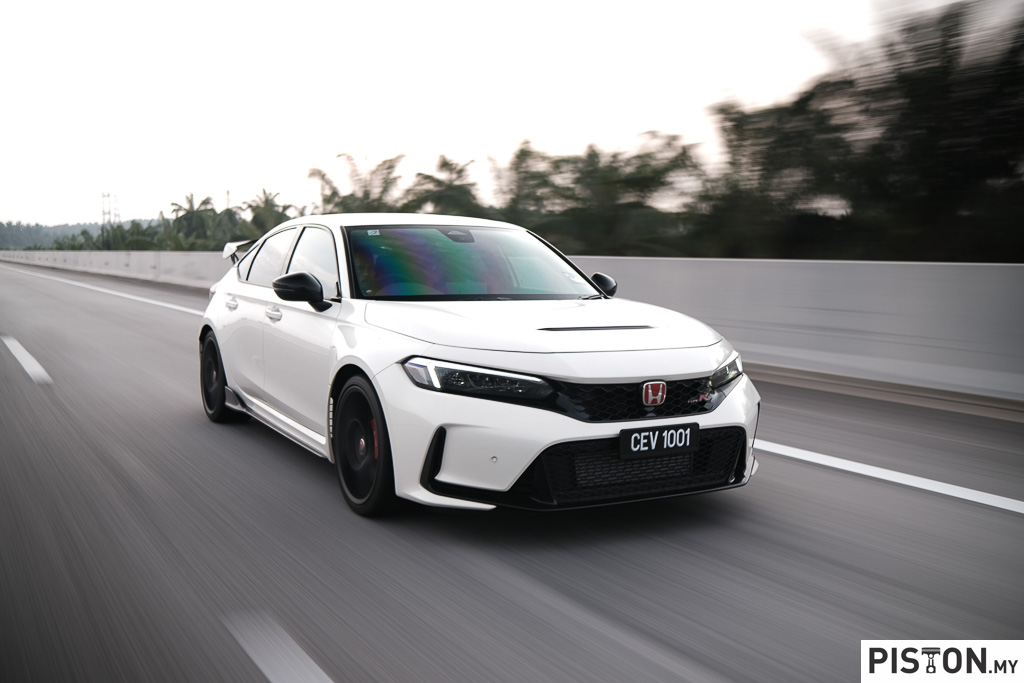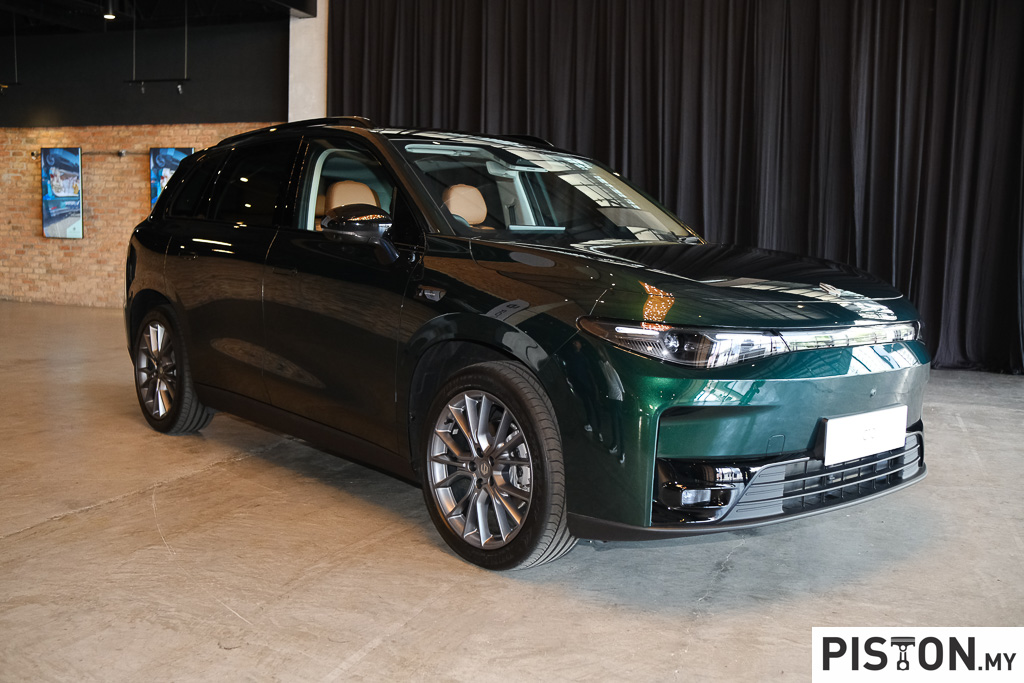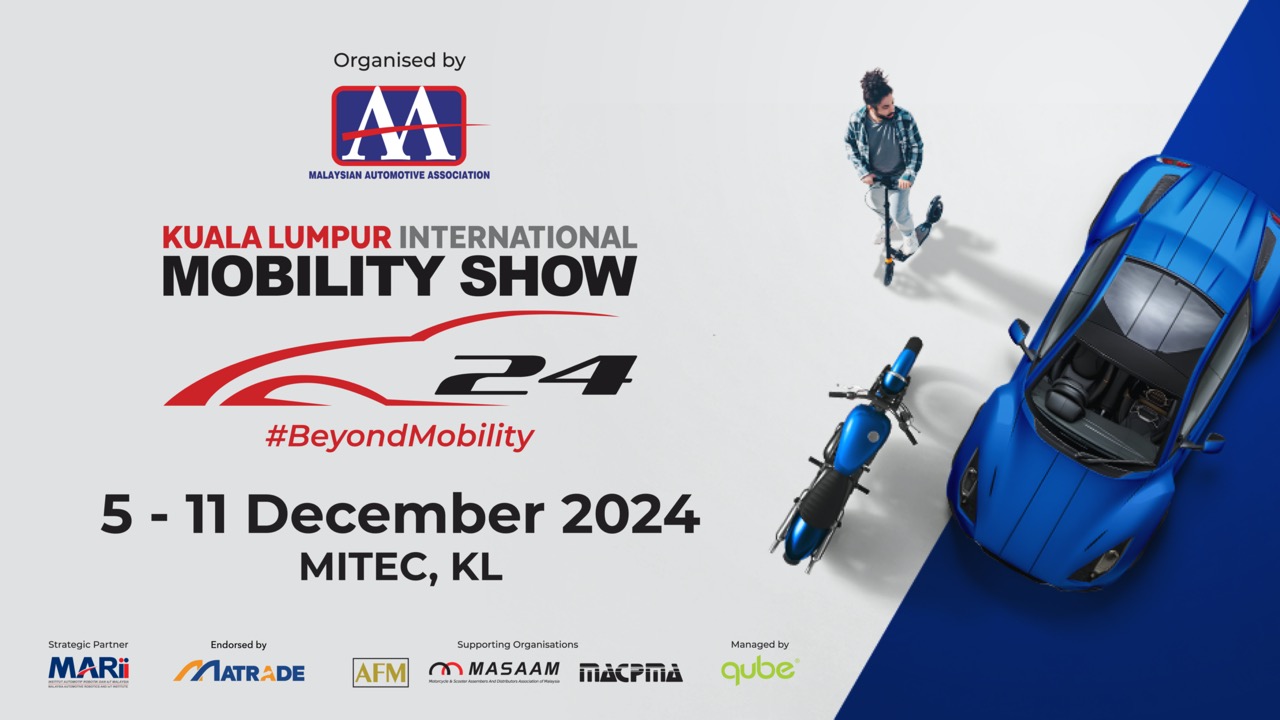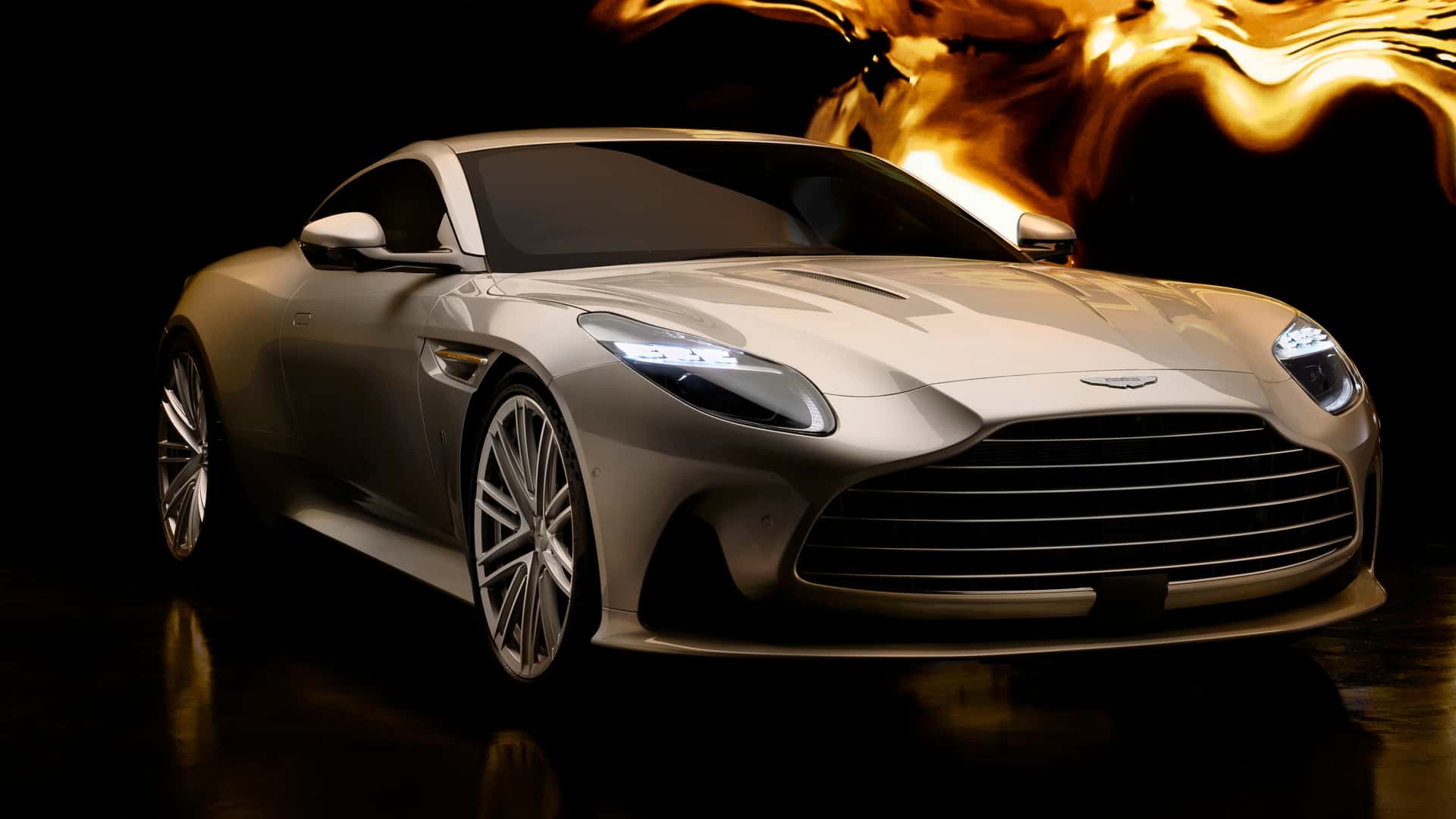In recent years, you’ve probably been come across many reports about motorists being ‘saved’ by video evidence from a dashcam or digital video recorder (DVR). Where before there might have been a dispute between the parties involved as to who was responsible for the accident, a recording from a DVR would almost immediately end any argument. And the use of DVRs has broadened to not only recording accidents but also the reckless driving behaviour of others which can help police taken action against.
The value of DVRs, which have been available for many years now, has been recognized even by car companies who offer them as standard or optional items in new cars nowadays. Hyundai Sime Darby Motors was probably the first one to do so in Malaysia with the 7th generation Hyundai Sonata it launched in 2015. The DVR was installed neatly with a connection to the power supply so it was like part of the car’s systems.
Today, many other companies also offer DVRs, and some even offer units that are mounted at the rear to supplement the forward-facing one. These units are usually tested for reliability and durability by the distributors and installed by them so they give a warranty as well.
But anyone can also install a DVR in their vehicle and they do not need a specialist as it is easily mounted on the windscreen and a cable connected to a USB port or 12V socket (which used to be for cigarette lighters) provides power. Like GPS route navigation units, prices of DVRs have come down quickly over the years. You can now get a simple unit for around RM100 and for more money, you can get high-tech features and higher quality.
The other features are secondary and in the newer units, even the lower priced ones have them since the features are all programmed together. Some of these features are impact sensors, collision warning, still image capture and so on. But for most people, all that is expected would be the ability to record and that is what every DVR does – though the quality varies.
The more you pay, the better the quality will be and what is important is the image quality. There’s no point having a recording which is not sharp and while you might see the other car hitting you, its numberplate might not be clear enough. The minimum resolution would be what is known as 1080P Full HD and the higher the resolution, the more clarity there can be if small areas need to be enlarged.
There are units which can capture at higher resolutions of 4K and they have very good image sensors (the ones made by Sony are regarded as the best). These can record video with a lot of sharpness but it will also mean that the capacity of memory card to store the video will need to be larger as the file sizes will be much bigger.
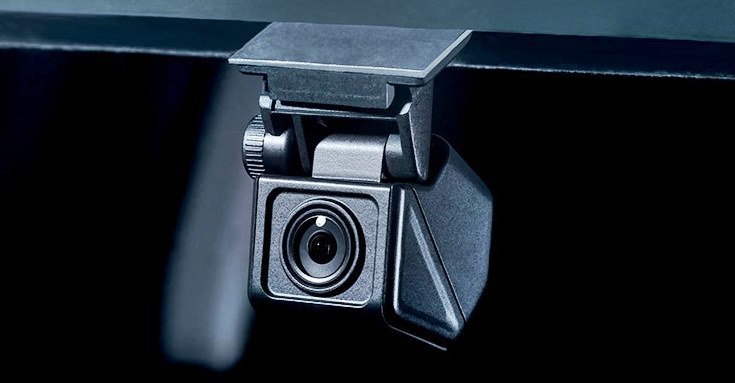
The video recordings are stored on memory cards, the popular size being microSD which is the same as what you probably have in your mobilephone. These come in various capacities and while you would need to put in a new SD card when the one in your phone is full, the recordings in the DVR are looped so when it is full, the oldest one will be over-written by a new one. This is usually fine in most cases if the card has a large storage capacity and depending on how much you use the DVR, it might even be good for a few days of recordings.
How many recordings can be stored depends on the file size and besides the image quality being a factor, this can be fixed by selecting the duration (3 minutes, 5 minutes, etc). A 64GB card can store 480 1-minute recordings if taken at 30 fps and 1080P but if at 4K/30 fps, then it can only store up to 144 1-minute recordings before the first one will be over-written.
The reason for not having a continuous recording of your journey is to make locating a specific section easier. The time stamp is shown so you can locate a specific spot on your journey to review when you wish to do so. It’s also easier when you want to download a specific section (to pass to the police or insurance company as evidence). The card can be removed and with an adapter, inserted into a computer for access.
Unless you never drive at night, you will also need the DVR to have night vision capability. All DVRs can record at night but the quality will vary greatly, and this is usually related to the price. The very expensive units may have special software to enhance the image in low light conditions but generally, the cameras have a wide dynamic range which adjusts exposure to maintain clarity and sufficient contrast to make out details.
The frame rate per second (commonly referred to as ‘fps’) also helps in image quality. The more frames per second means the better the details. High-quality DVRs can take videos at up to 60 fps which is pretty good and down to 30 fps, you can still get smooth playback. The cheaper units might record at 20 fps or slower and this can make playback jerky with poor image quality.
The field of view – that’s the area covered from left to right – should be as wide as possible. Currently, the range is between 130 degrees and 160 degrees; the wider it can be, the better so that accidents that may happen on the side (like being rammed by someone who didn’t stop at a red light) can be more clearly seen.
Some DVRs may have ADAS (Advanced Driver Assistance System) features like those provided in Honda SENSING and Toyota Safety Sense. These may detect lane departure, give distance warnings or even alert the driver when the car in front moves off. However, they may not be as accurate as the advanced systems developed by the carmakers.
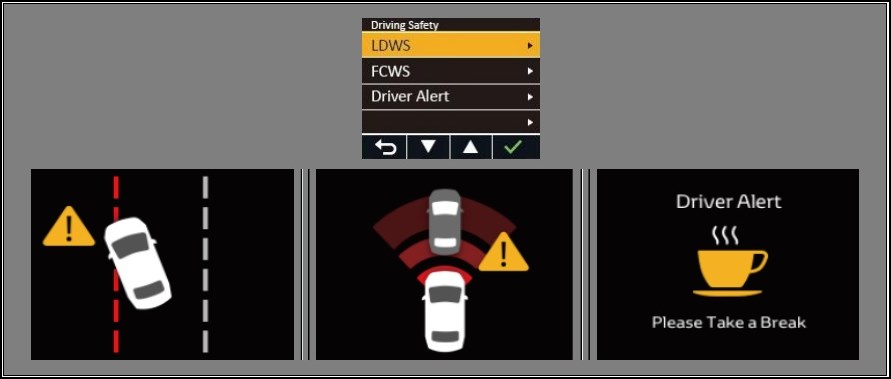
There are also some units which can keep recording even while the car is parked. The value of this is questionable since the camera is only facing forward but if there are additional cameras, then someone attempting to break in could be recorded. To save power and storage space, some DVRs will only record if there is motion detected.
In the past few years, there have also been dual front-mounted cameras (besides rear-facing cameras). These have one camera recording the view forward and the other recording the view inside the cabin. Not everyone may like or need such a feature and it is more appreciate by taxi drivers who will have strangers in the car and need to have a record for their own protection.
The more expensive DVRs may also have GPS receivers which can include the car’s precise location along with the other information embedded in the recording. With special software, it will be possible to retrace a route on digital maps and even see the speeds the car was running at.

Virtually all DVRs have the ability to also record sound and some people may like it while others would rather not have any record of what is said on a journey. It is usually possible to switch off audio recording if not required. Some units might also accept simple voice commands like ‘TAKE PICTURE’ to record a still image.
Almost all DVRs have a feature to lock files so that they cannot be tampered with. This would be important after an accident has occurred and the driver can either manually lock the file or the impact will activate a lock on a specific file so that the evidence is safely preserved.

Installing a DVR is like buying insurance – you hope that you do not need it but if you have an accident, then you might be very glad you spent the money to put one in the car. Besides recording accidents, DVRs are also useful to record videos of roadtrips where you may have gone through a nice area. Or if you are in the right place at the right time, your DVR might catch other vehicles having accidents or even a meteor shooting across the sky ahead!





